50 years after the liberation of the homeland, Hai Lang is reaching the finish line of a new rural district and setting the goal of striving to build a key industrial district of Quang Tri province before 2030, becoming a town by 2040. To create miracles in the economic field in the heroic homeland, realizing the vision and aspirations for development, Hai Lang district is preparing its mindset and internal strength for the road ahead.
Favorable for expanding development space
It can be seen that, in order to open up development space, both in the present and in the future, compared to other localities in Quang Tri province, nowhere has as many favorable conditions as Hai Lang district.
Harvesting rice in Hai Lang rice fields - Photo: D.T
Hai Lang is a locality only 40 km from the central city of Hue if going to the South; going to the provincial capital city of Dong Ha is also only more than 20 km; adjacent to Trieu Phong district and Quang Tri town with a fertile, fertile plain, considered the key rice area of the province, accounting for 32% of the district's natural area; to the West, it borders Dakrong district with a mountainous area accounting for 55% of the natural area. This place used to be a battlefield that was repeatedly trampled by the enemy; it was the gathering place for troops returning to liberate their homeland, now there are nearly 23,000 hectares of forestry land covered with the green color of life.
Hai Lang is also a locality with a coastline of about 14 km, a large fishing ground and a coastal sand dune area that accounts for 12% of the natural area, with about 6,600 hectares. This coastal sand dune area was once home to cactus plants on dry, thirsty land.
The situation of flying sand, running sand, jumping sand, and filling sand has been raging all year round, tormenting people's lives. Now this sandy area has become an area for building an ecological village, where vegetable, nem, bitter melon, and shrimp farms have begun to form, bringing much profit to farmers. According to economic experts, Hai Lang district is a place that has all the potential conditions and strengths of marine resources, plains, hills, and mountains.
Traffic connection is one of the great advantages of Hai Lang district. The locality is located on important national traffic routes such as National Highway 1, National Highway 49C, the planned route of National Highway 15D connecting La Lay International Border Gate to My Thuy Port; the North-South railway; the central road along the axis of the Southeast Quang Tri Economic Zone has been completed and put into use.
The projects have met the goals of completing traffic infrastructure, connecting the province's key traffic routes such as the road from National Highway 1 through Quang Tri town to Cua Viet port, My Thuy port, passing through Cua Viet - Cua Tung service-tourism areas and connecting the Southeast Quang Tri Economic Zone with provinces and cities in the region.
When mentioning the place name Hai Lang, we remember the famous generals and talented people of this ancient land such as Nguyen Quan, Bui Duc Tai, Nguyen Duc Hoan... In particular, Doctor Bui Duc Tai, from Cau Nhi village, Hai Tan commune, who broke through in the first doctoral examination in 1502 of Dang Trong, was "received the royal decree to return home in glory" and was named on the stone stele of Van Mieu Quoc Tu Giam (Hanoi).
He was an official with the position of Deputy Minister of the Ministry of Justice, and General, and had returned to his hometown to inspect the affairs but did not disturb the people. The bravery and integrity of the people living in O Chau today originated from the work of reclaiming and restoring the land, creating villages and communes, establishing regulations and covenants for future generations to inherit and raise to a fine custom: The stone floats but the village does not float...
To develop tourism and turn tourism into a spearhead economic sector, Hai Lang district has initially focused on exploiting natural tourism resources and cultural tourism resources, which are quite diverse and rich in the area. The whole district currently has 81 historical and cultural relics that have been zoned for protection, restored, embellished and upgraded. Tourist areas and spots such as Tra Loc Eco-tourism Area, La Vang Church, My Thuy Beach... are being exploited and developed; potential eco-tourism spots such as Choong Waterfall, Chan Hoang Waterfall, Cau Mung Lake - Heo Waterfall, Khe Khe Lake, Tram Lon, Tram Khang, Tren Dam... have been exploited and included in the planning to call for investment in infrastructure and develop services to attract tourists to visit and experience.
A vibrant economic picture with many internal strengths
In recent years, Hai Lang district has achieved many great achievements, making a remarkable mark in the field of economic development compared to other localities in the province. The total production value of the district's agriculture, forestry and fishery sector has reached 2,852 billion VND. The value of agricultural production per hectare of cultivated land reached 126 million VND.
Total grain output reached over 90,000 tons. As the key rice area of the province, the current annual rice cultivation area in Hai Lang is 13,637 hectares (2 crops/year), with an average yield of 64.67 quintals/hectare. The large field area has reached nearly 1,700 hectares, high-quality rice is nearly 9,600 hectares, and organic rice is 410 hectares. In addition to rice, other crops such as nem, luffa in the sandy area, orange trees in the K4 area... are typical products, bringing a stable source of income to the people.
Central route of Dien Sanh town, Hai Lang district - Photo: D.T
Talking about rice cultivation in Hai Lang, the writer recalls the story that journalist Dinh Nhu Hoan once told in a memoir about Hai Lang in 2004 that, to produce rice, Hai Lang people had to put in three or four times more effort than other places. On the morning of the first day of Tet 2000, the journalist and provincial leaders visited the villagers. It was just past 8am but there was not a soul in the village. It turned out that since midnight on New Year's Eve, the villagers had to go to the fields to bail out water to save the rice. Hai Lang had 21 communes and towns (at that time - PV), of which 10 communes were already occupied by deep and low-lying areas.
The entire rice granary of Hai Lang is located nearly one meter below sea level. The flood season here is terrifying. The water from the O Lau River rises up, the water from the sand dunes overflows to a depth of three or four meters. This is to say that maintaining the current annual rice growing area in Hai Lang of 13,637 hectares (2 crops/year), with an average yield of 64.67 quintals/hectare is a very proud achievement...
Once reading the collection “Hai Lang Poetry and Literature” published in 2015, there was a poem “Hanh Hoa village” by poet Le Ngoc Phai with very suggestive verses: Oh Hanh Hoa! Pink dust flies with the leaves/ The four directions of the sky still remember our land forever , the writer read and associated it with two ancient verses by Du Muc, a poet of the Late Tang Dynasty (China): “Ta van tuu gia ha xu huu/ Muc dong dao chi Hanh Hoa village” (translated meaning: Asking which is the best wine shop/ The shepherd points to Hanh Hoa village ).
It is not known whether Hanh Hoa village of the poet Le is a real world or a dream world, but Hai Lang has long been famous for its specialty Kim Long fine wine. The book Dai Nam Nhat Thong Chi, in the eighth volume of the “Land Products” section, solemnly recorded: “Kim Long wine from Hai Lang is more delicious, with tax”. And indeed, through the vicissitudes of time, Kim Long wine, a privilege from the water, rice, yeast and fire of Hai Lang rice land, is still delicious until now.
Construction scene at My Thuy beach, Hai Lang district - Photo: D.T
Hai Lang is not only famous for Kim Long wine. Currently, the products of Hai Lang people have been honored as OCOP products appearing more and more. These are My An fish sauce (a 4-star product) and 20 products with 3 stars including: Dai An Khe moon cake, Hue rice cake, Hai Duong nem, My Thuy fish sauce, Mrs. Vay dried shredded pork, seaweed peanut salt, Hai Linh cereal, Hai Lang rice, K4 orange, Phuong Anh lemongrass bean salt, Bao Ngoc cajeput essential oil, Hai Dinh chili powder, Hai Phong chili sauce, Hai Son lotus seeds, freeze-dried nem, freeze-dried bitter melon, fresh lotus seeds, Hai Hung dried lotus seeds, dried bananas, Quang Lam oranges...
In the new development stage, industry - small-scale industry (SIP) and rural occupations are interested in attracting investment, creating the basis for building Hai Lang into a key industrial district of Quang Tri province before 2030. The whole district currently has 2,610 SIP establishments with 7,795 workers; there are 34 projects investing in 3 industrial clusters (ICs), creating jobs for more than 2,400 workers. The occupancy rate of Dien Sanh IC is 100%, Hai Thuong IC is 63%, Hai Chanh IC is 67.5%. The district has issued and effectively implemented Resolution No. 06-NQ/HU dated December 13, 2022 on SIP development to 2030, policies to support industrial promotion activities in the district for the period 2021-2025. Average production value of industry and handicrafts reached 3,407 billion VND, an increase of 3,310 billion VND compared to 2010.
In addition, Hai Lang district is attracting and implementing 2 key projects of the province, including: Southeast Quang Tri Economic Zone Project and Quang Tri Industrial Park Project. Southeast Quang Tri Economic Zone has a total area of 23,792 hectares, of which Hai Lang is located in the Southeast Quang Tri Economic Zone planning with an area of 9,167 hectares, passing through 6 communes: Hai Ba, Hai Hung, Hai Que, Hai Duong, Hai An and Hai Khe. In total, there are 14 projects. There are factories producing precast concrete components and commercial concrete; processing organic rice; raising industrial shrimp on sand; producing stainless steel and alloy steel; production of aluminum ingots from scrap... In particular, there is the project to build My Thuy Port Area with a total investment of more than 14,234 billion VND, land and water surface area of 685 hectares, phase 1 is under construction. Quang Tri Industrial Park has an area of 481.2 hectares, total investment capital of 2,074 billion VND, phase 1 has been under construction. This is a favorable condition to promote industrial, commercial and service development, opening up many investment opportunities and economic development of the district in the coming years.
In order to strive to become a town by 2040, Hai Lang district has focused on synchronously implementing and gradually completing the planning, construction and investment in socio-economic infrastructure. These include the Hai Lang district construction planning to 2040, with a vision to 2050; the Dien Sanh town construction master plan to 2030, with a vision to 2035; and the La Vang new urban master plan to 2045, which have been approved by the Provincial People's Committee. The planning of urban-industrial service areas around the VSIP project and the master plan for communes in the district to 2035 are being implemented.
Normally, all future achievements of a land originate from the aspirations and realities built and nurtured today. On the journey to strive to build a key industrial district of Quang Tri province before 2030, becoming a town by 2040, Hai Lang has many favorable conditions because it has made careful preparations for the future.
That preparation step originated from sharp data on the development path of the land and people of Hai Lang, which was nurtured by the deep source of the glorious cultural tradition of the heroic homeland.
Dan Tam
Source: https://baoquangtri.vn/nen-kinh-te-hai-lang-tam-nhin-va-khat-vong-phat-trien-191619.htm


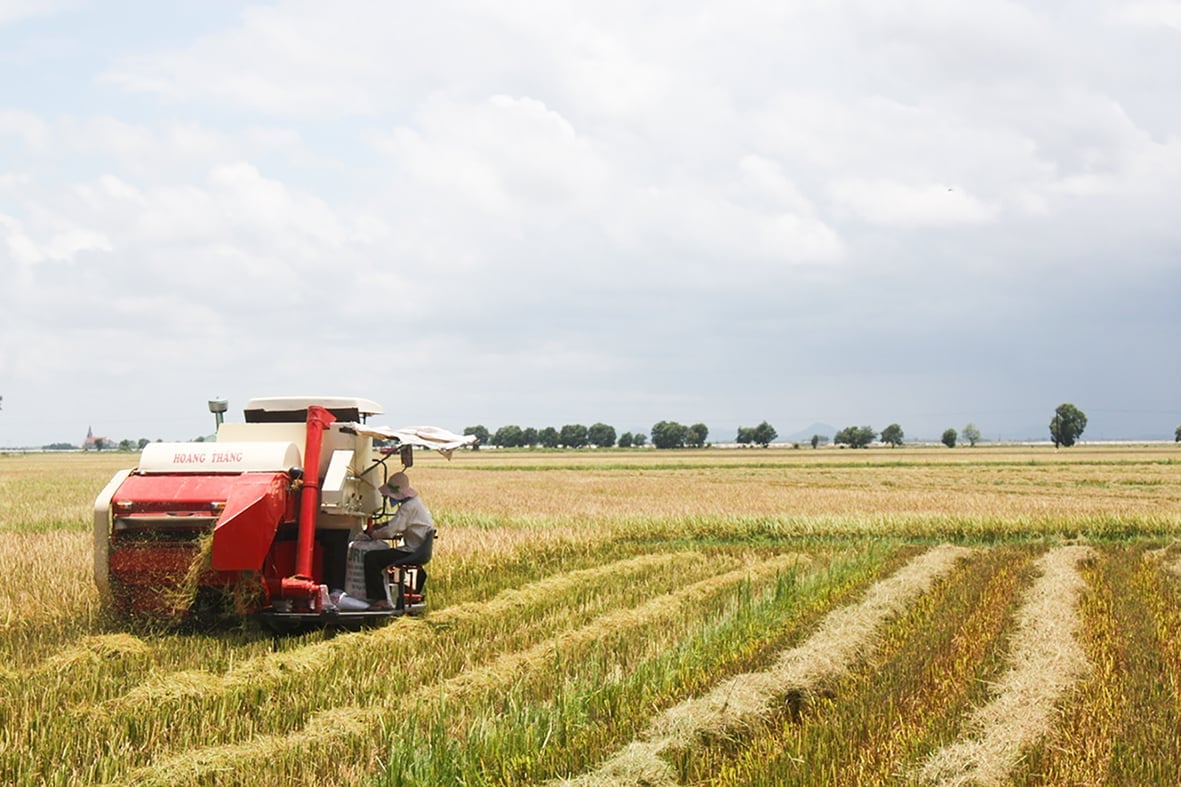
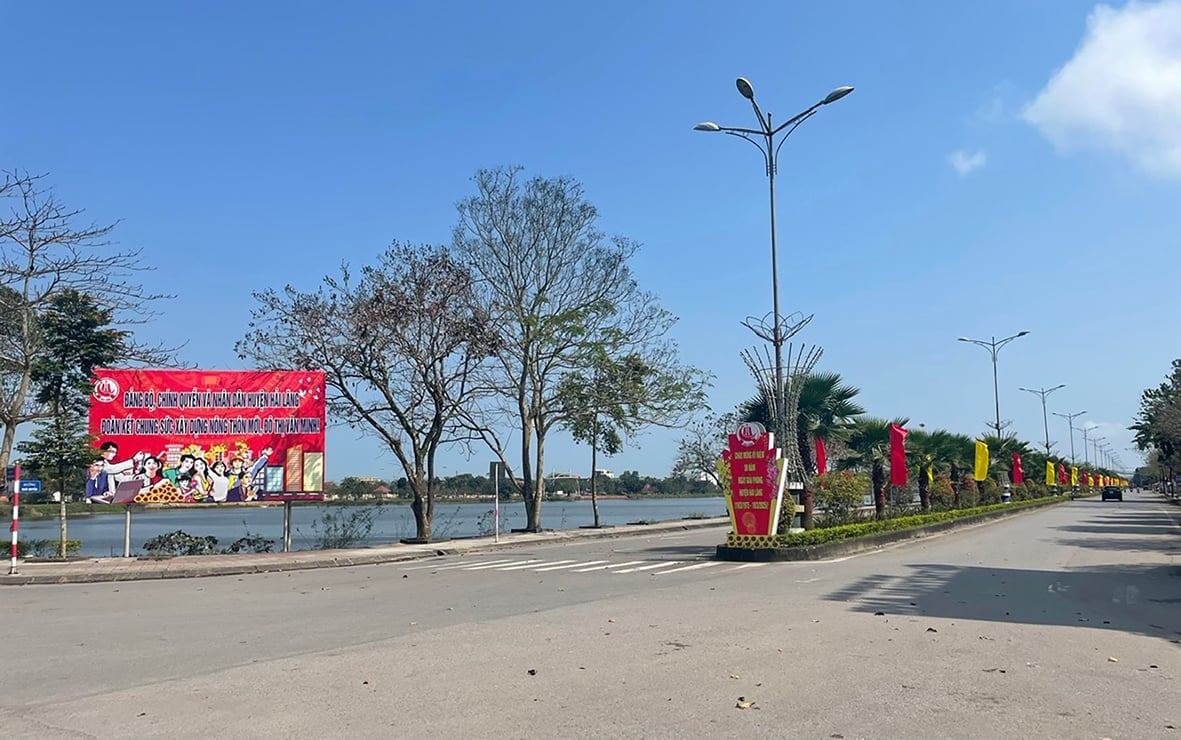
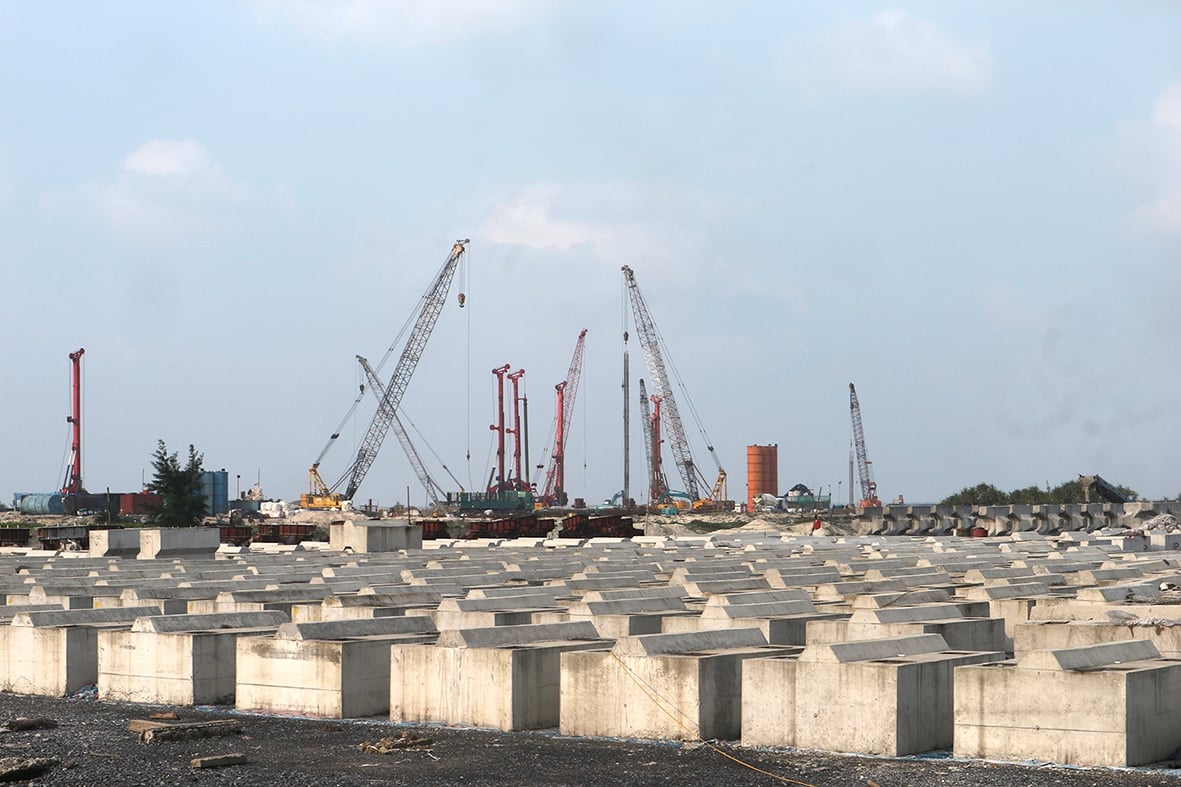
![[Photo] Ho Chi Minh City: People are willing to stay up all night to watch the parade](https://vstatic.vietnam.vn/vietnam/resource/IMAGE/2025/4/29/cf71fdfd4d814022ac35377a7f34dfd1)
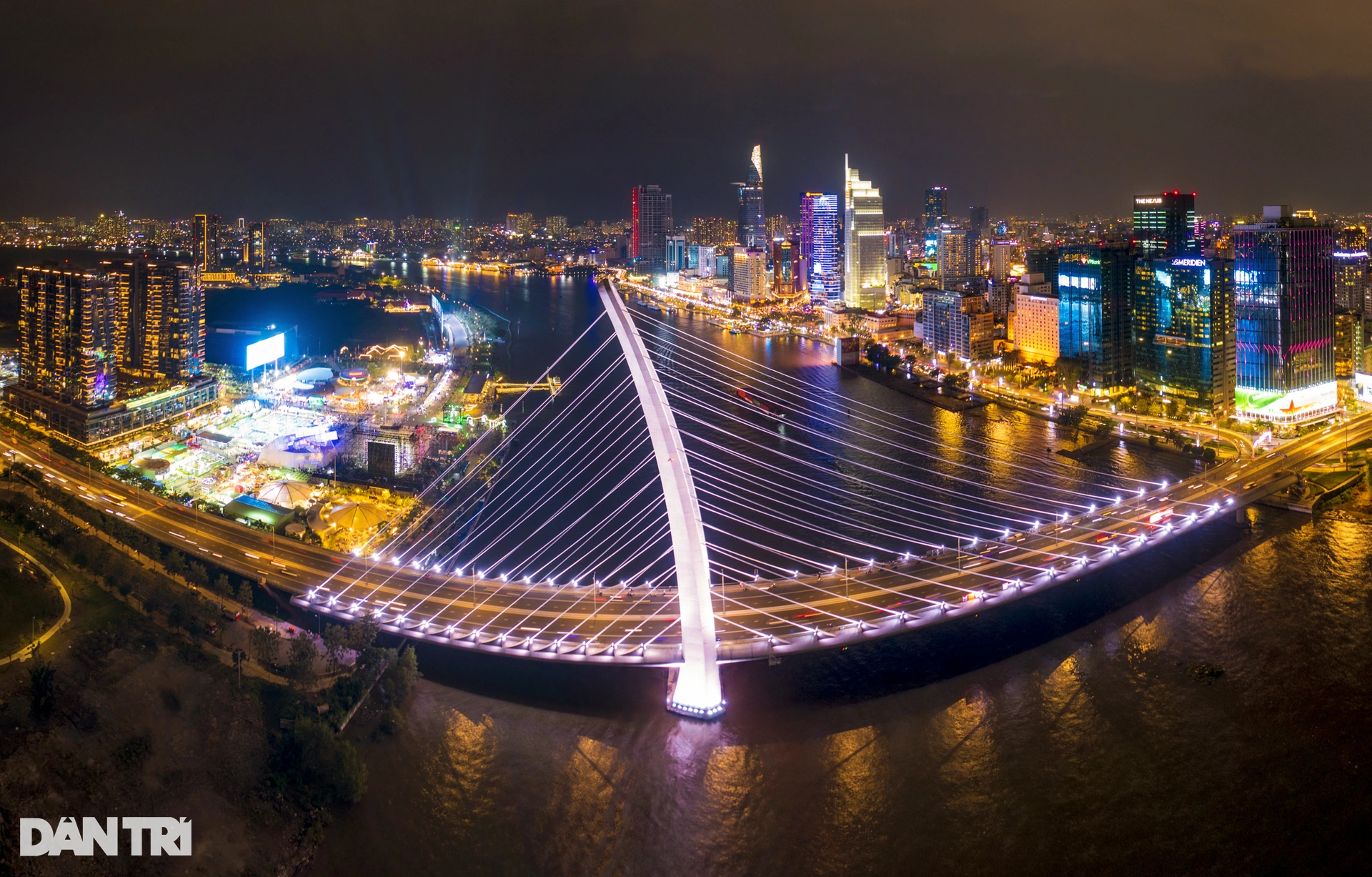
![[Photo] Prime Minister Pham Minh Chinh meets to prepare for negotiations with the United States](https://vstatic.vietnam.vn/vietnam/resource/IMAGE/2025/4/29/76e3106b9a114f37a2905bc41df55f48)
![[Photo] Hanoi is brightly decorated to celebrate the 50th anniversary of National Reunification Day](https://vstatic.vietnam.vn/vietnam/resource/IMAGE/2025/4/29/ad75eff9e4e14ac2af4e6636843a6b53)
![[Photo] General Secretary attends special art program "Spring of Unification"](https://vstatic.vietnam.vn/vietnam/resource/IMAGE/2025/4/29/e90c8902ae5c4958b79e26b20700a980)
![[Photo] Nghe An: Bustling atmosphere celebrating the 50th anniversary of Southern Liberation and National Reunification Day](https://vstatic.vietnam.vn/vietnam/resource/IMAGE/2025/4/29/64f2981da7bb4b0eb1940aa64034e6a7)
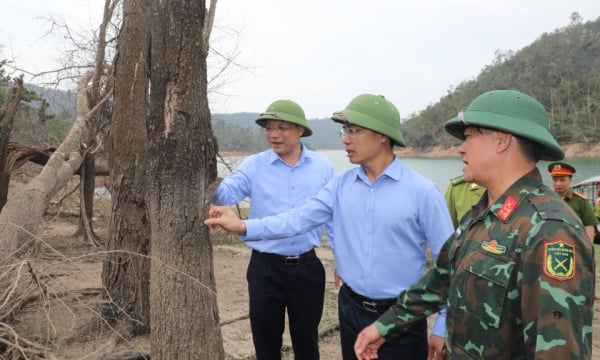

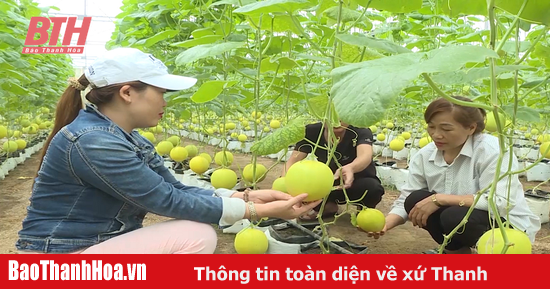

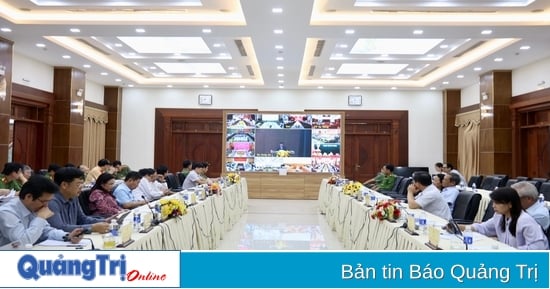

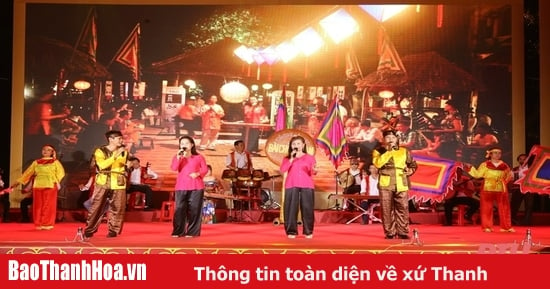


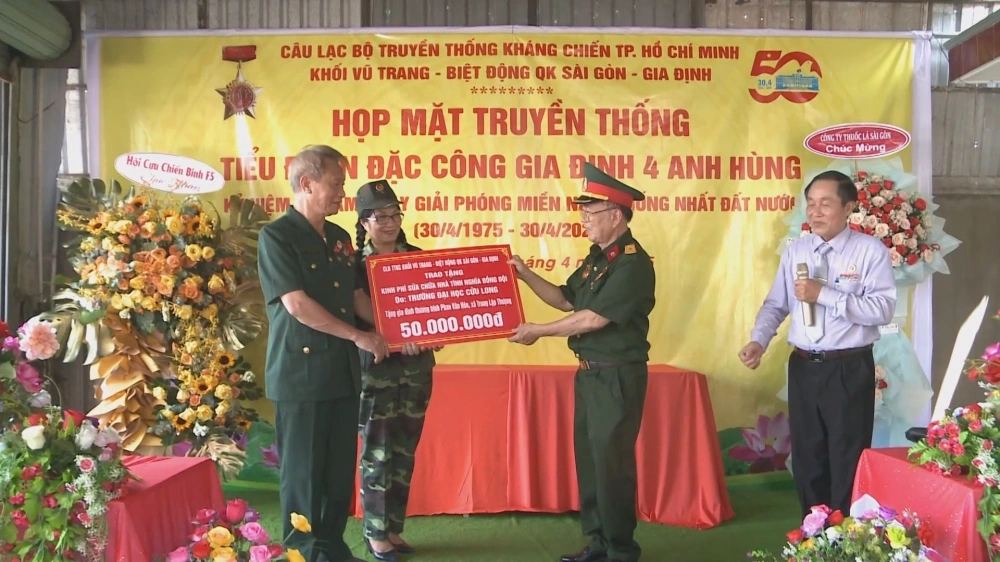
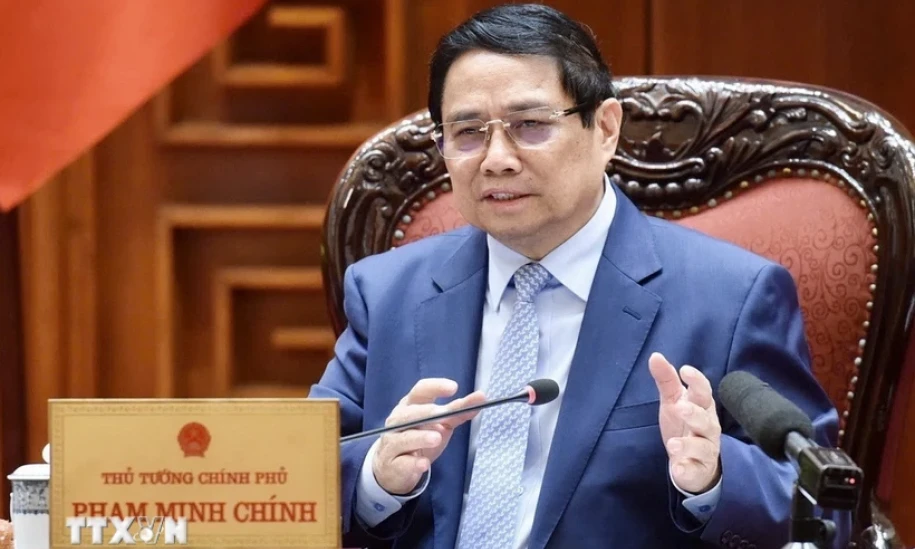
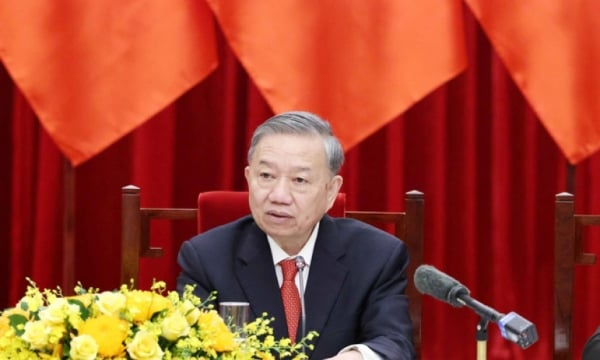
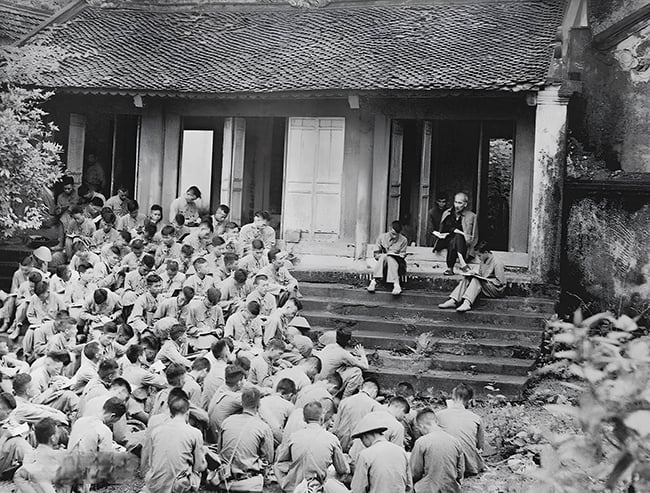
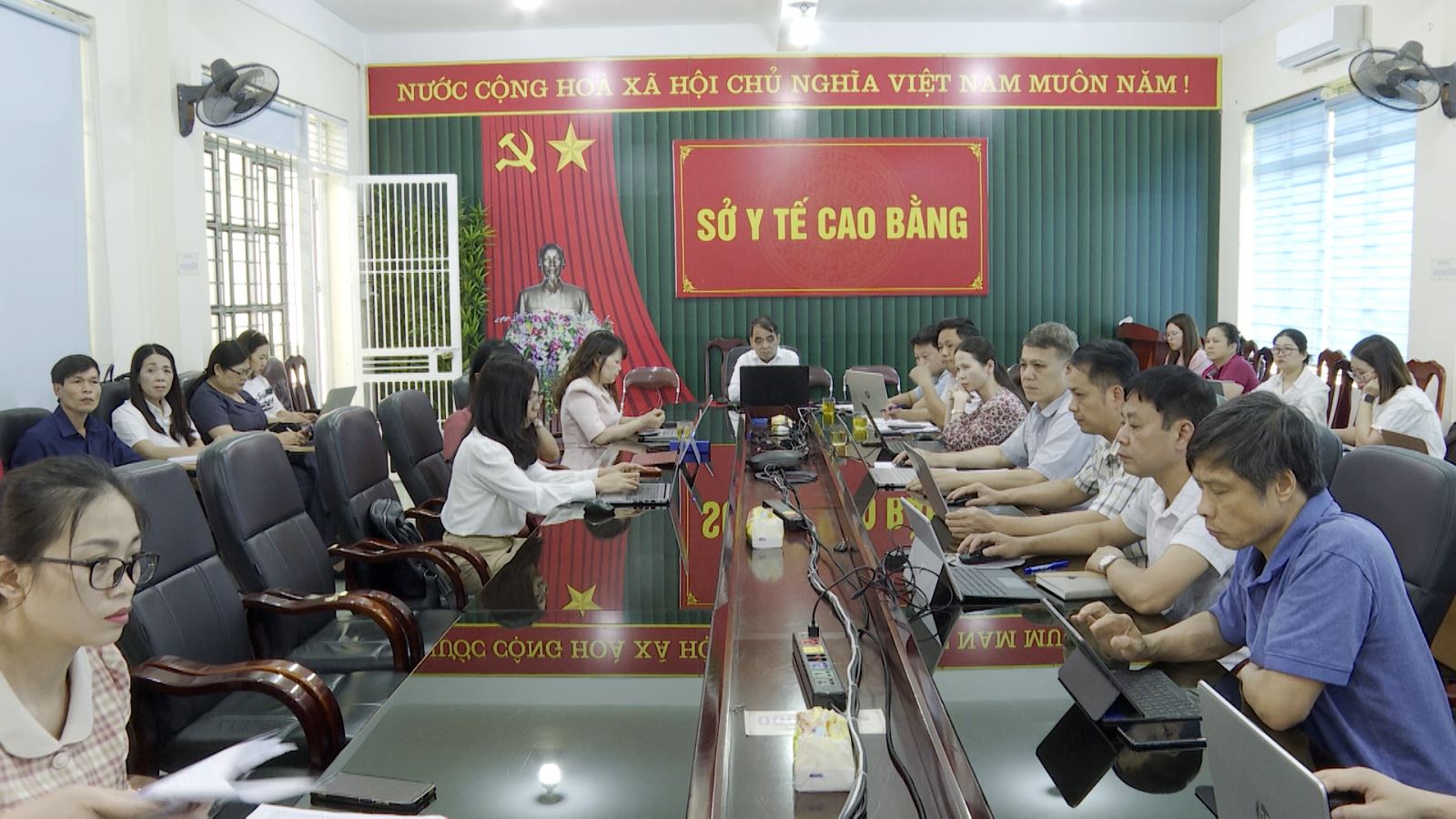
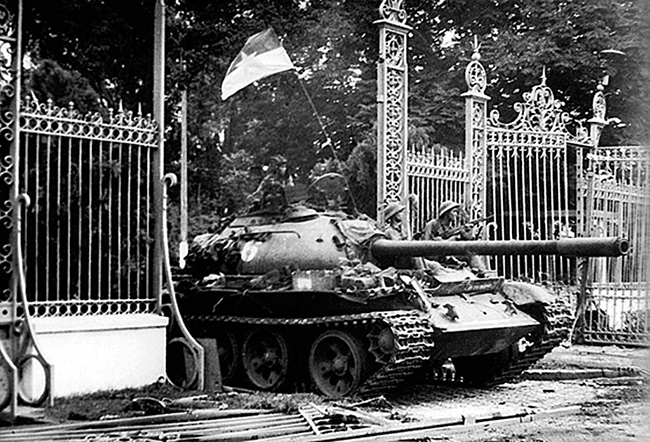
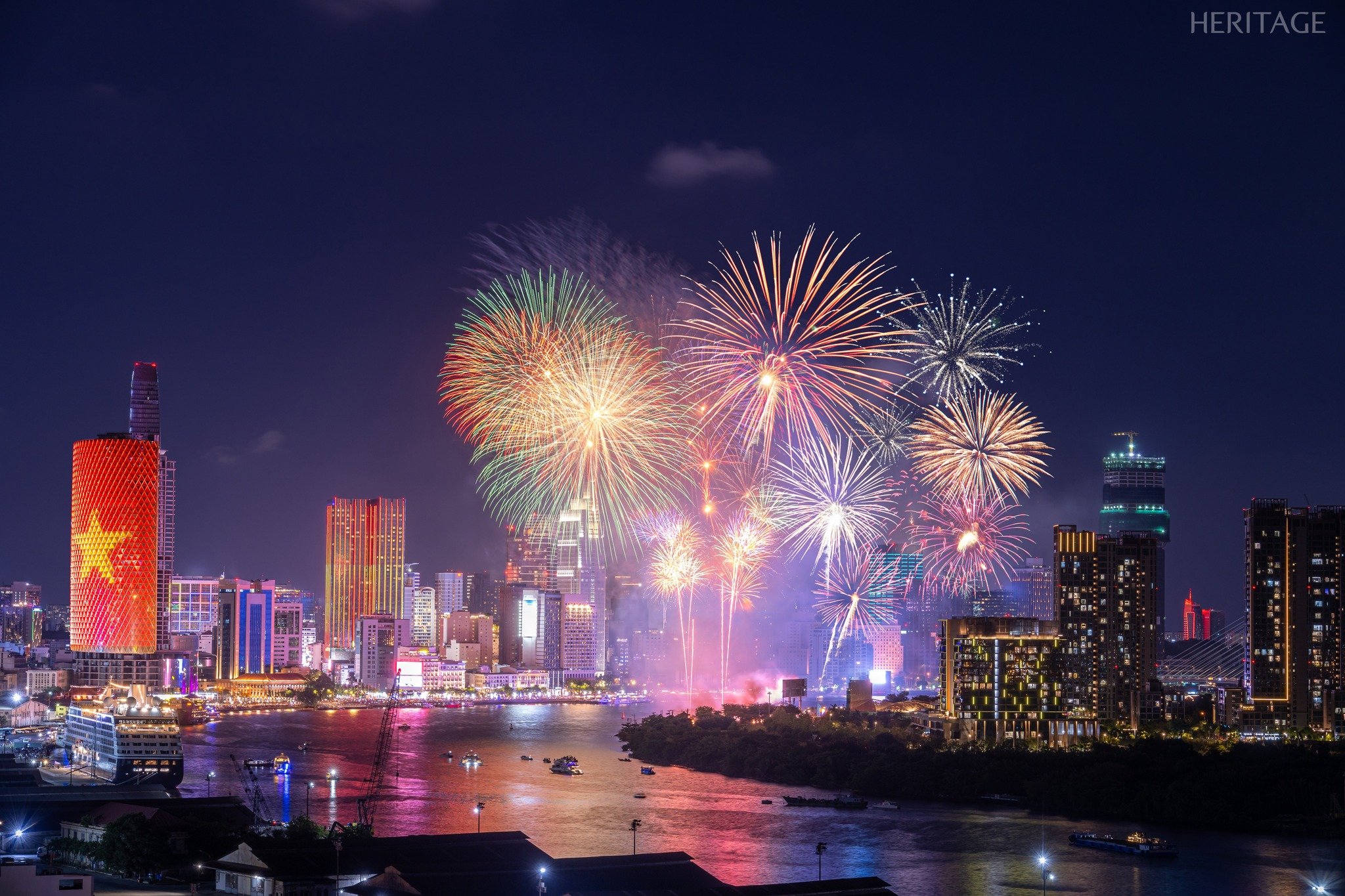
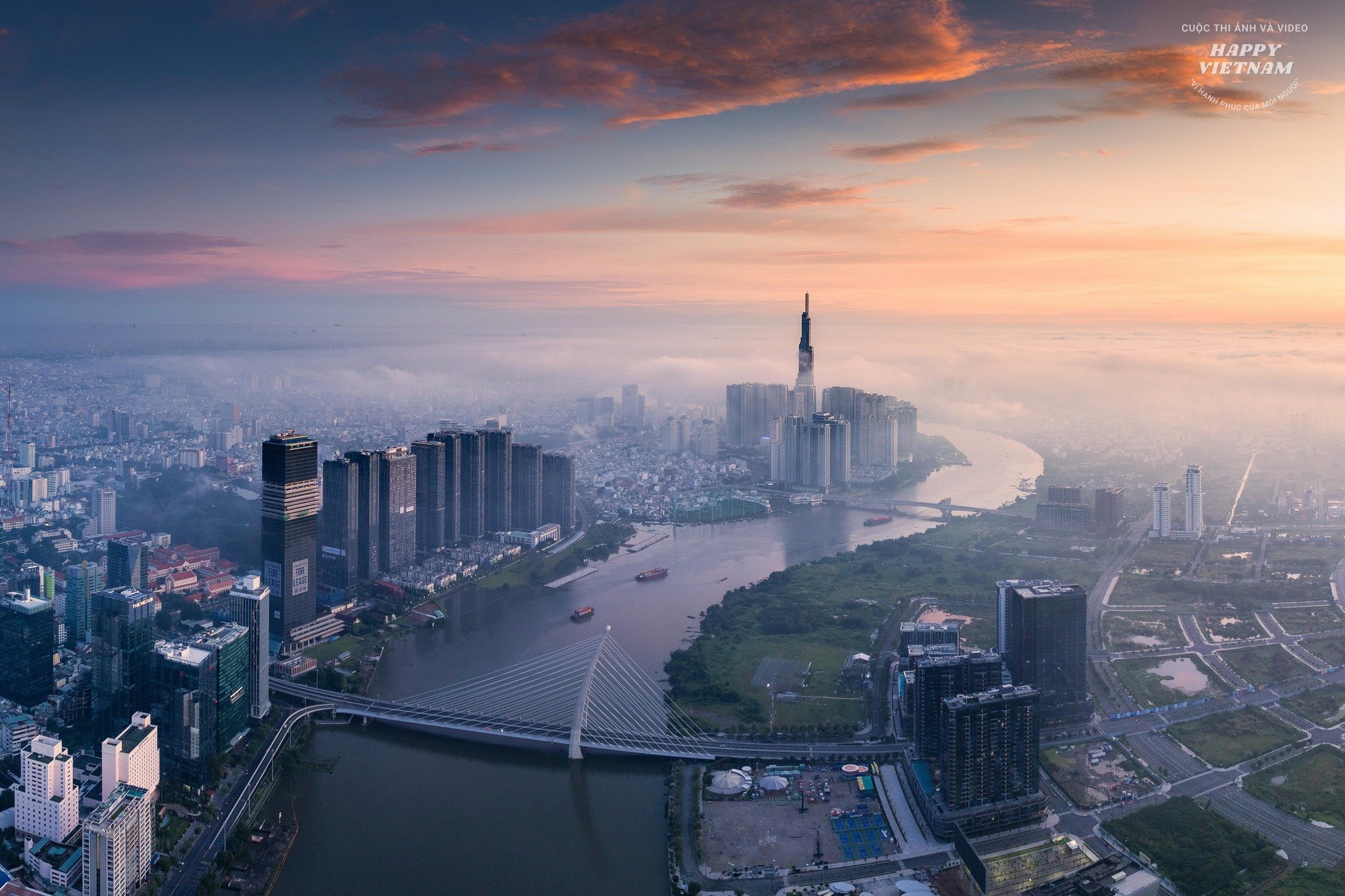
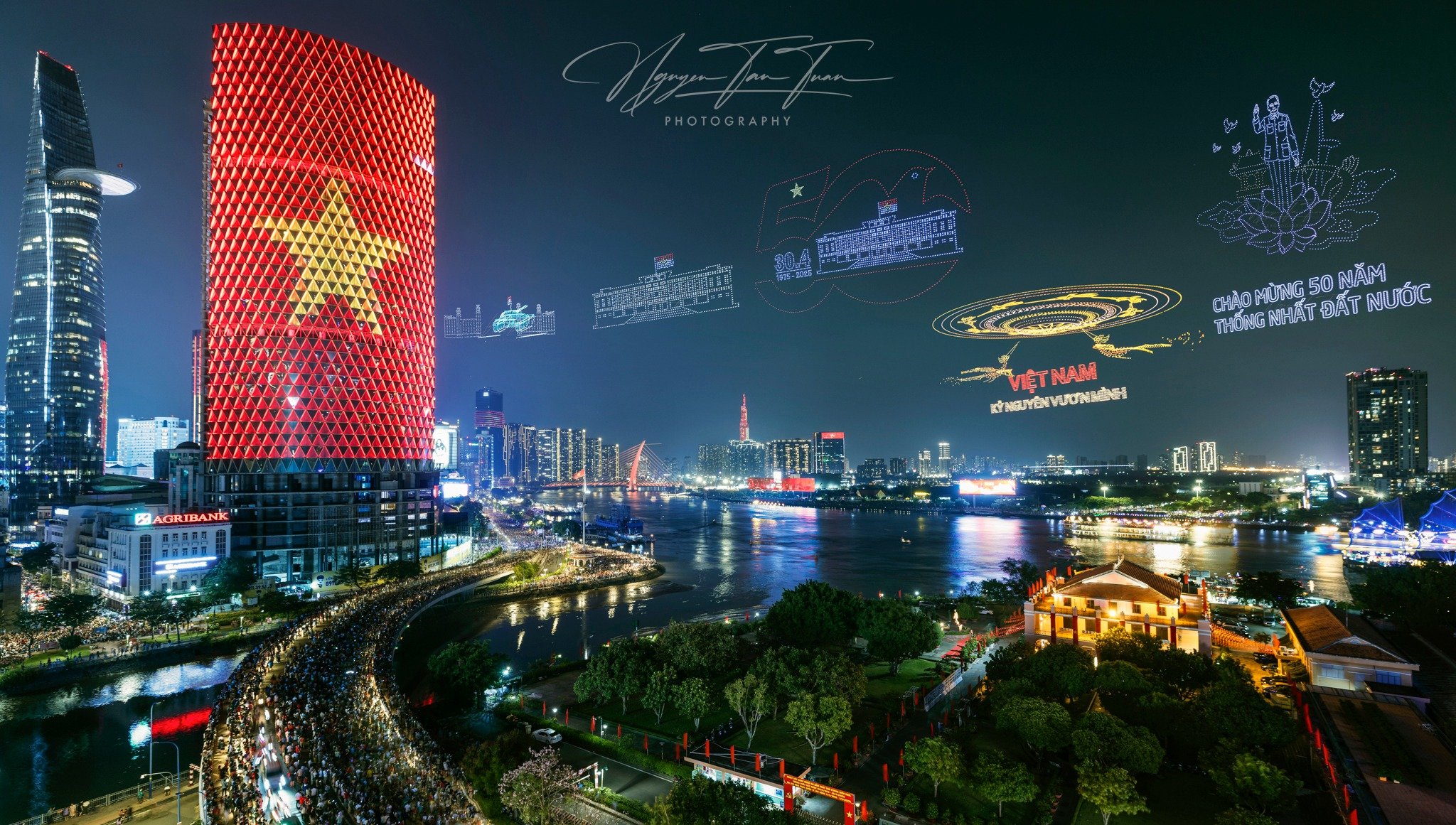
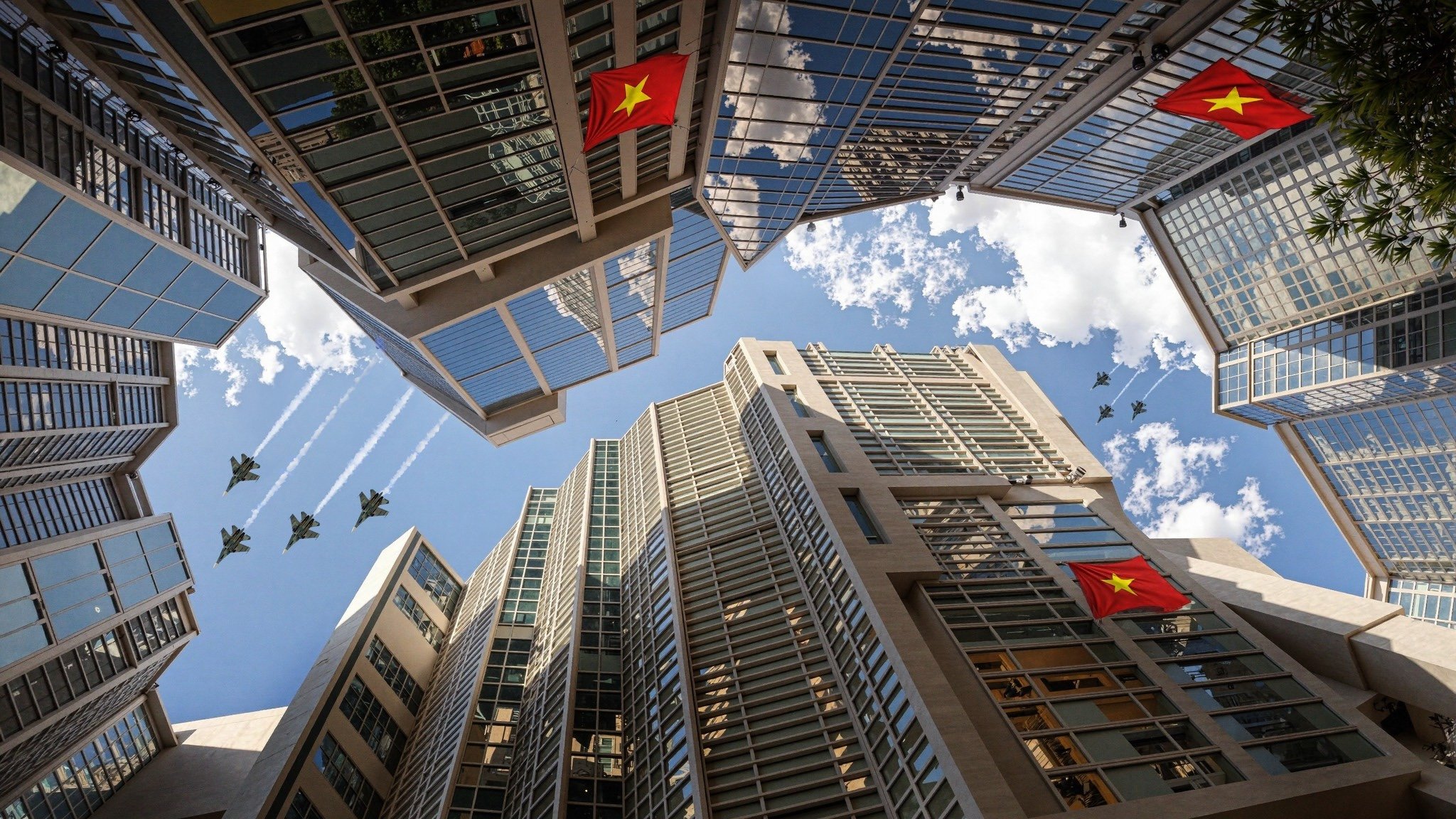

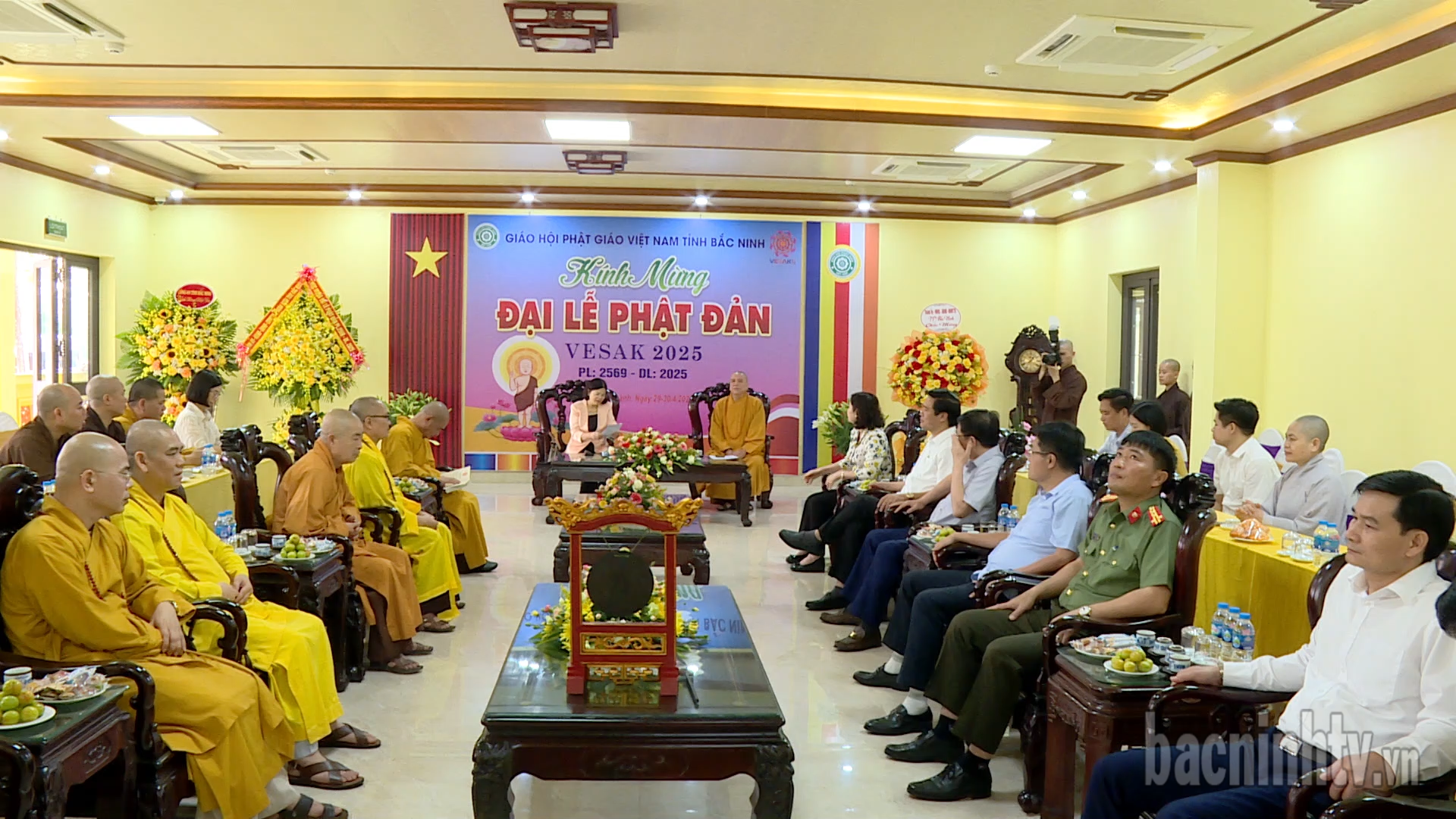
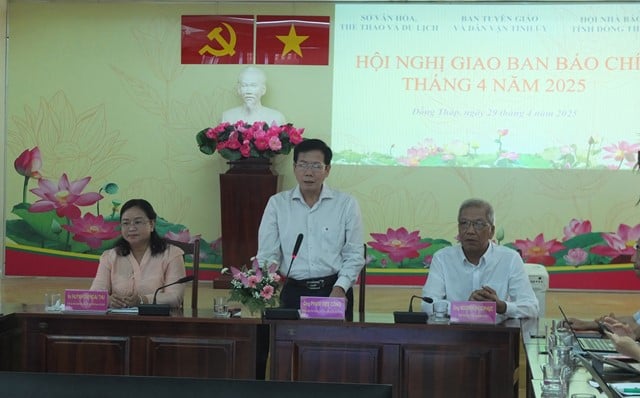
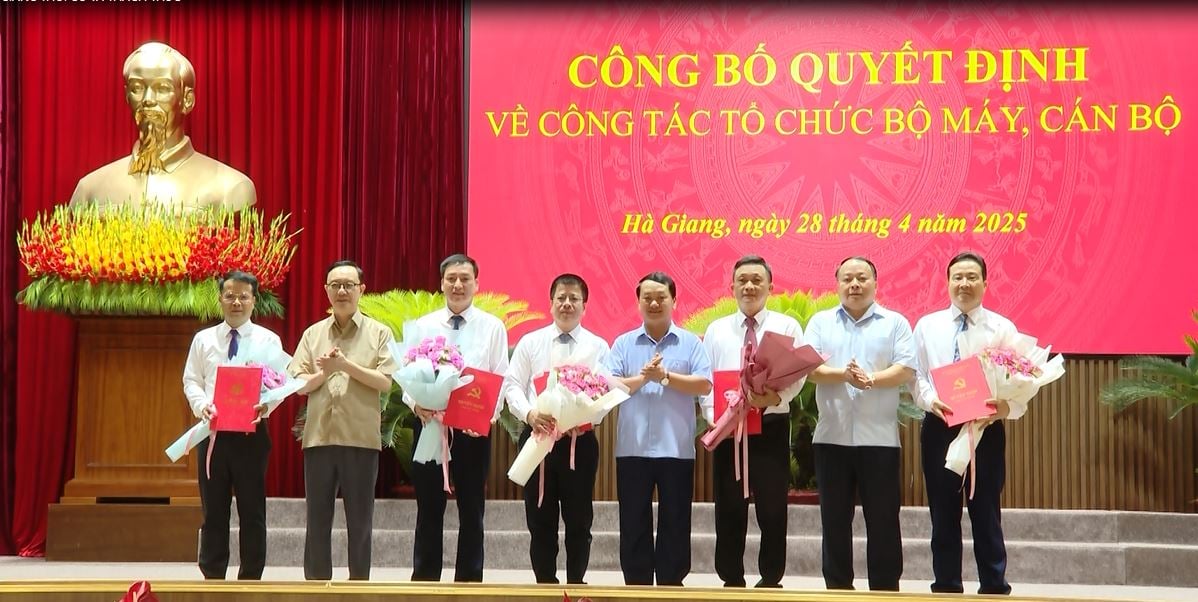
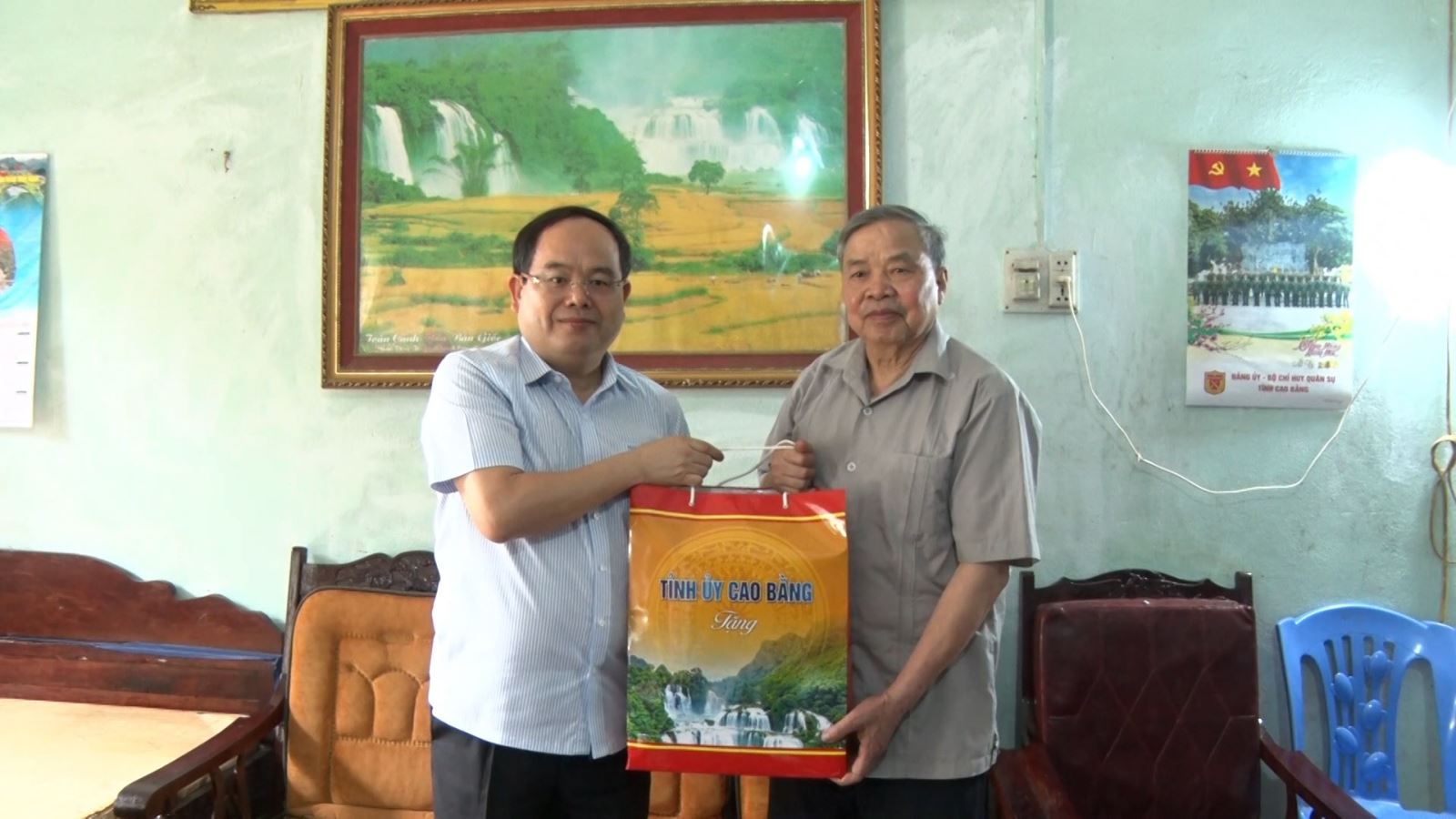
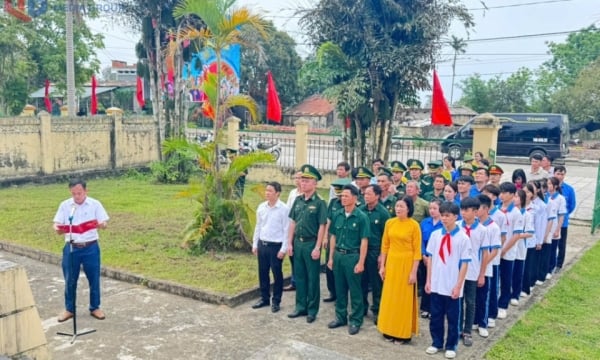
![[Photo] People choose places to watch the parade from noon on April 29](https://vstatic.vietnam.vn/vietnam/resource/IMAGE/2025/4/29/3f7525d7a7154d839ff9154db2ecbb1b)


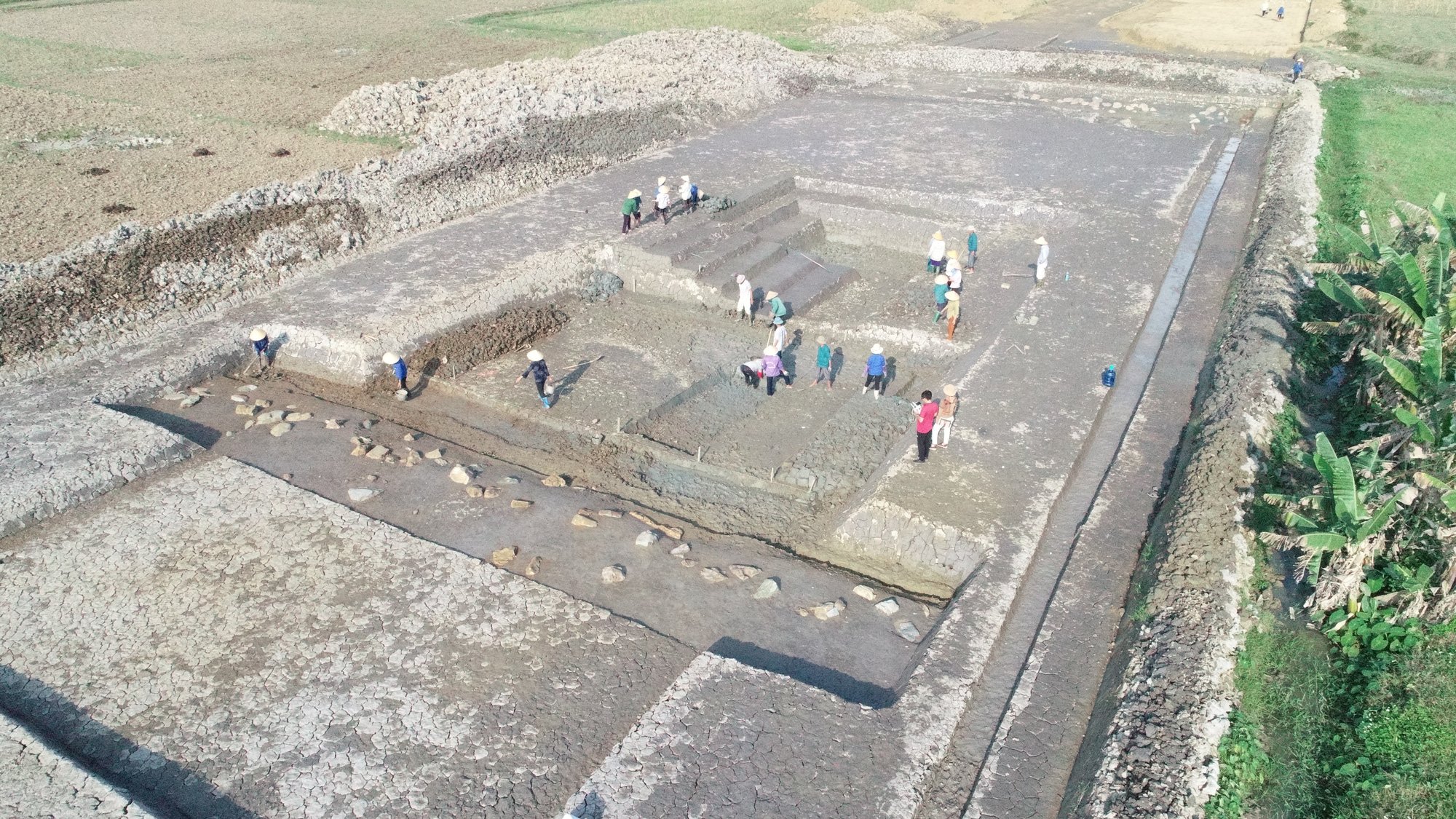

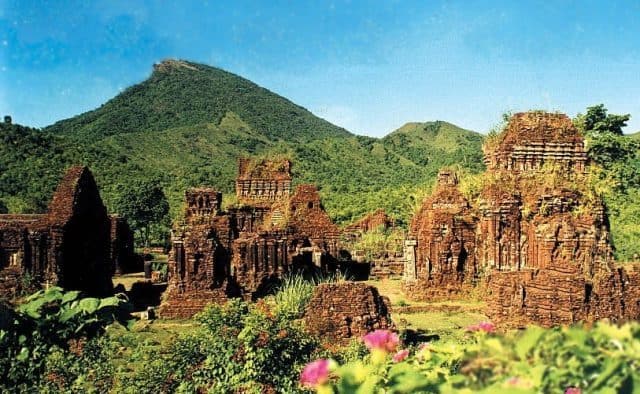
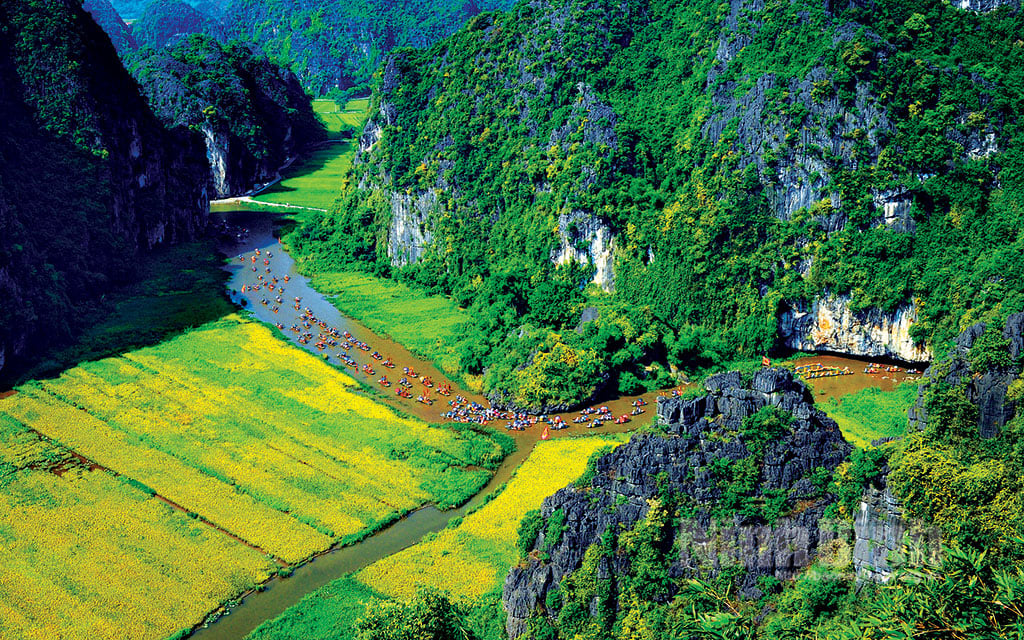

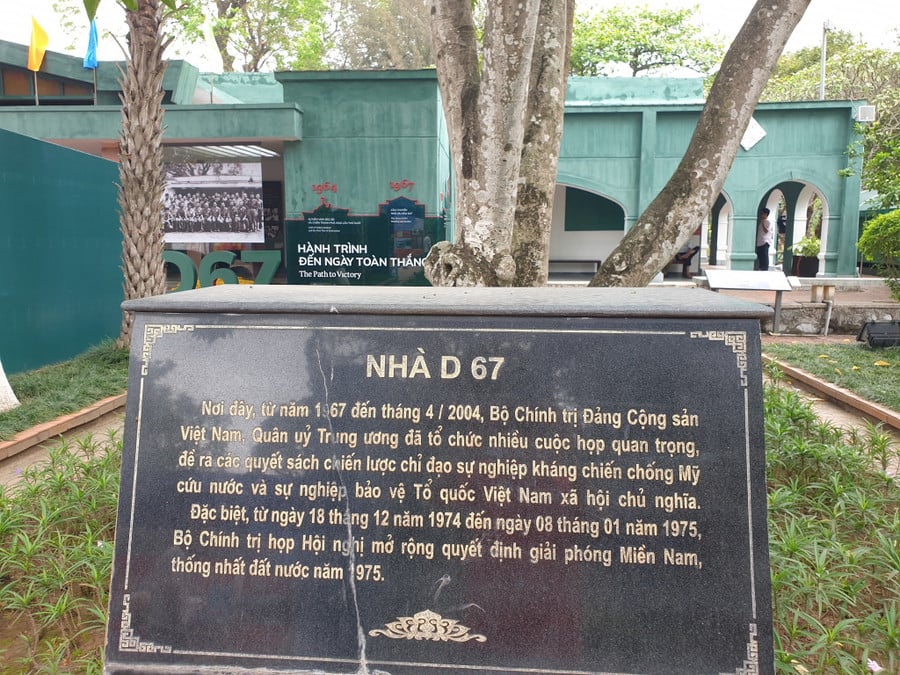

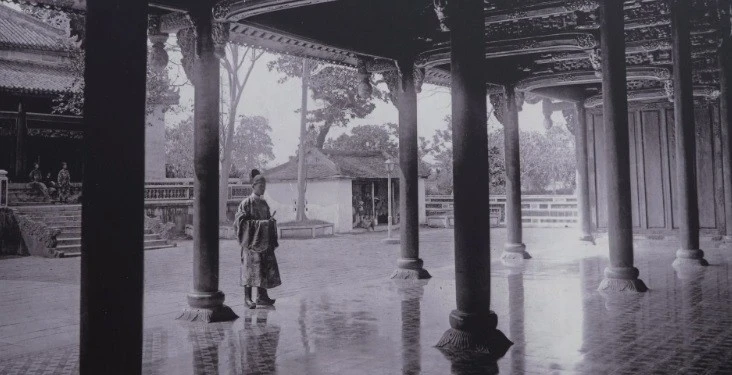
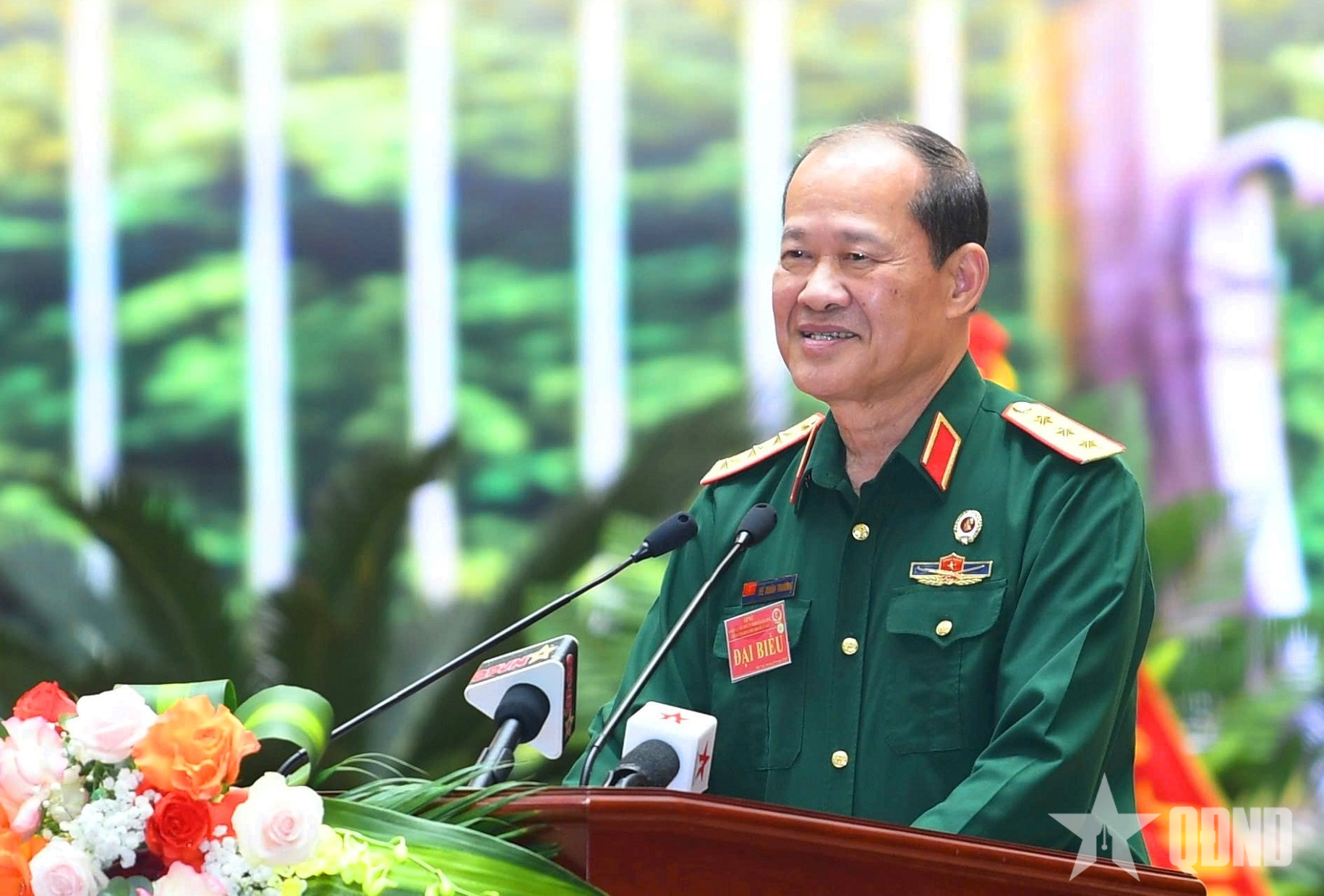




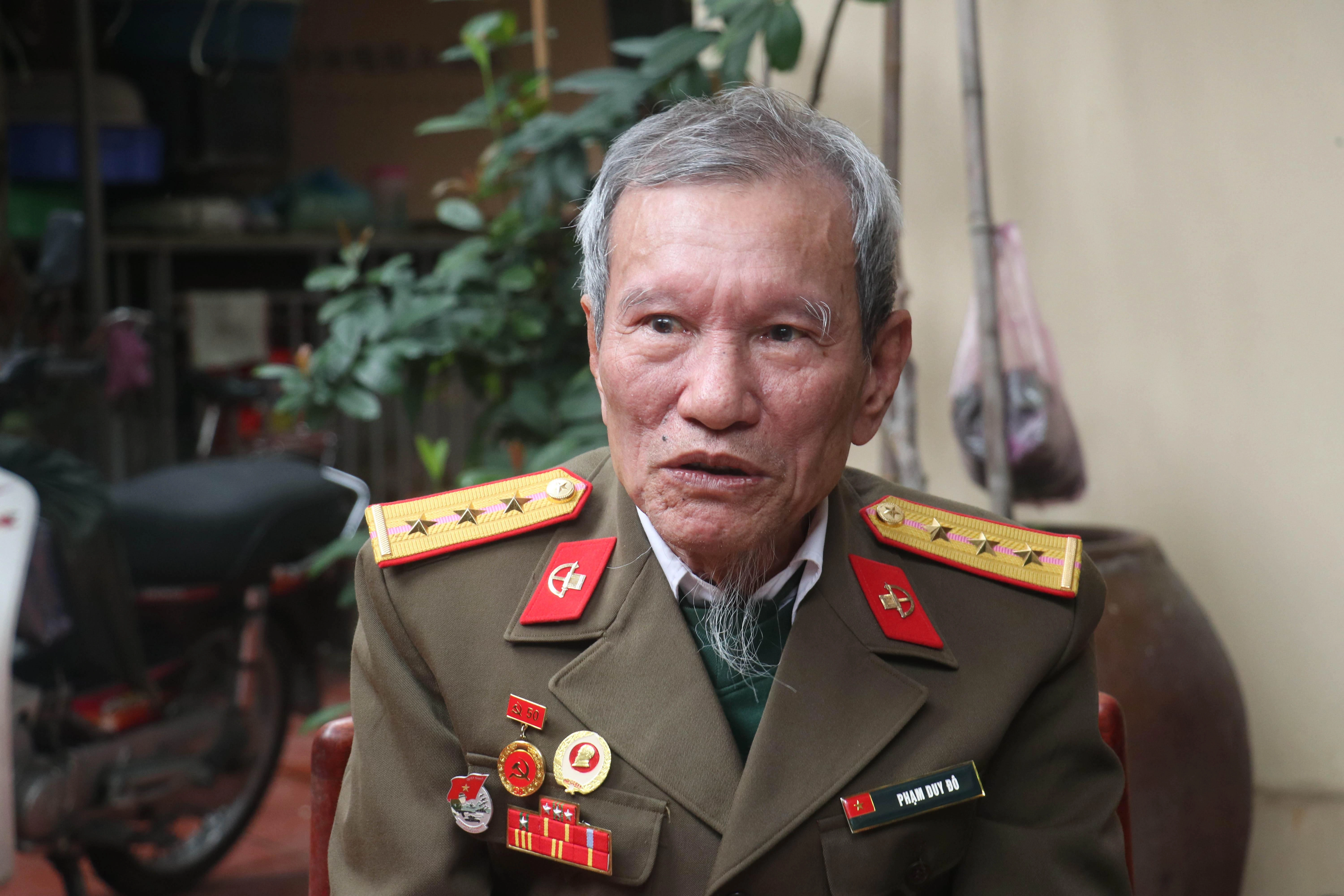

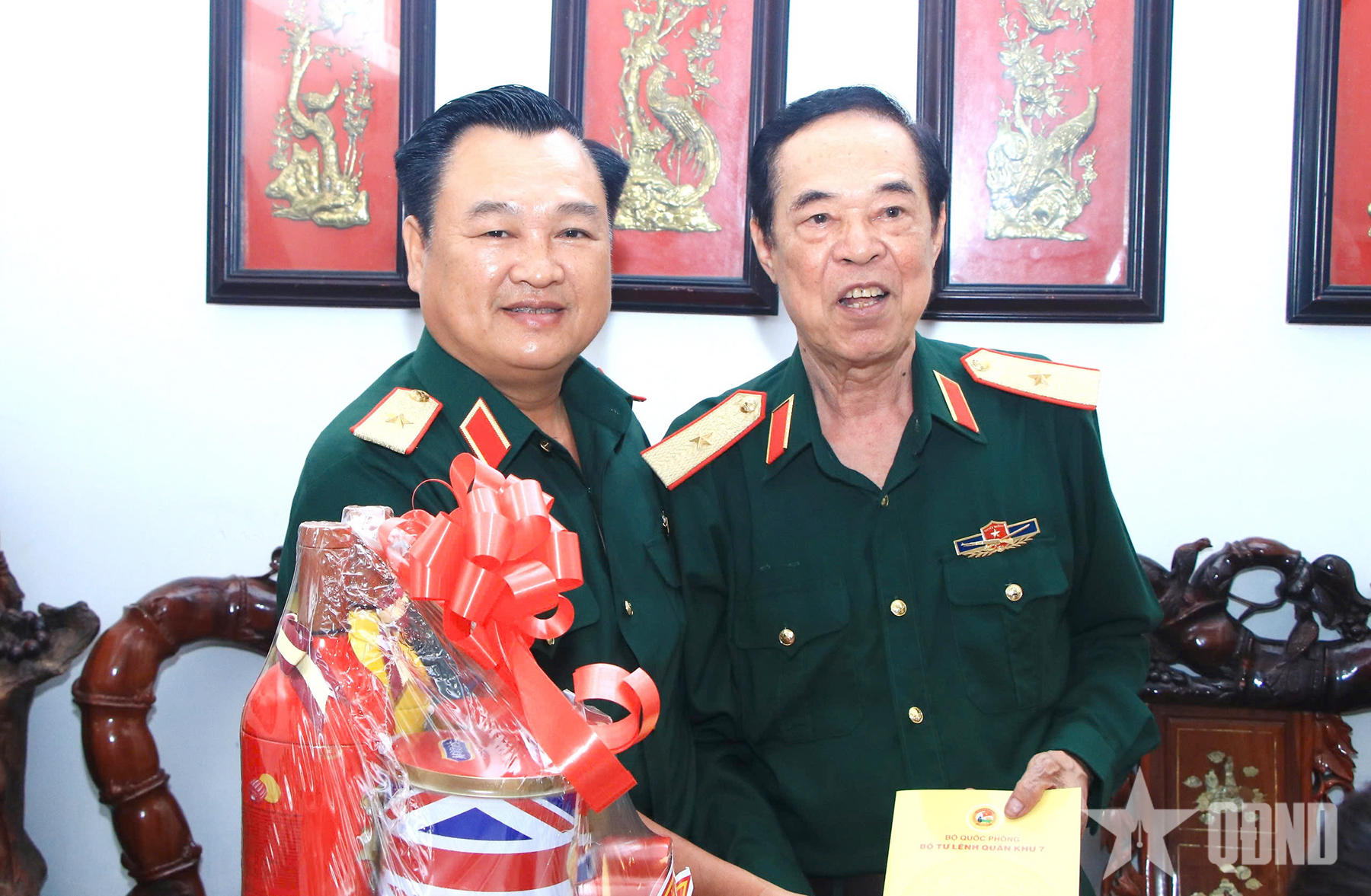


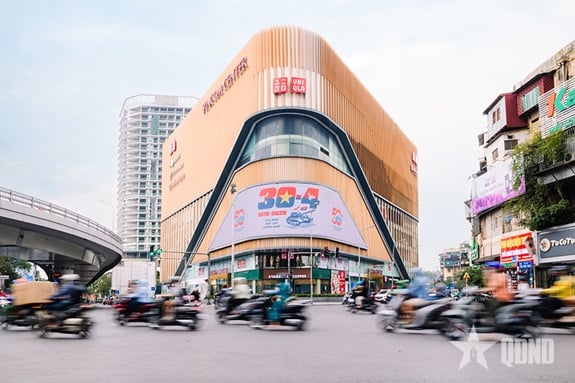



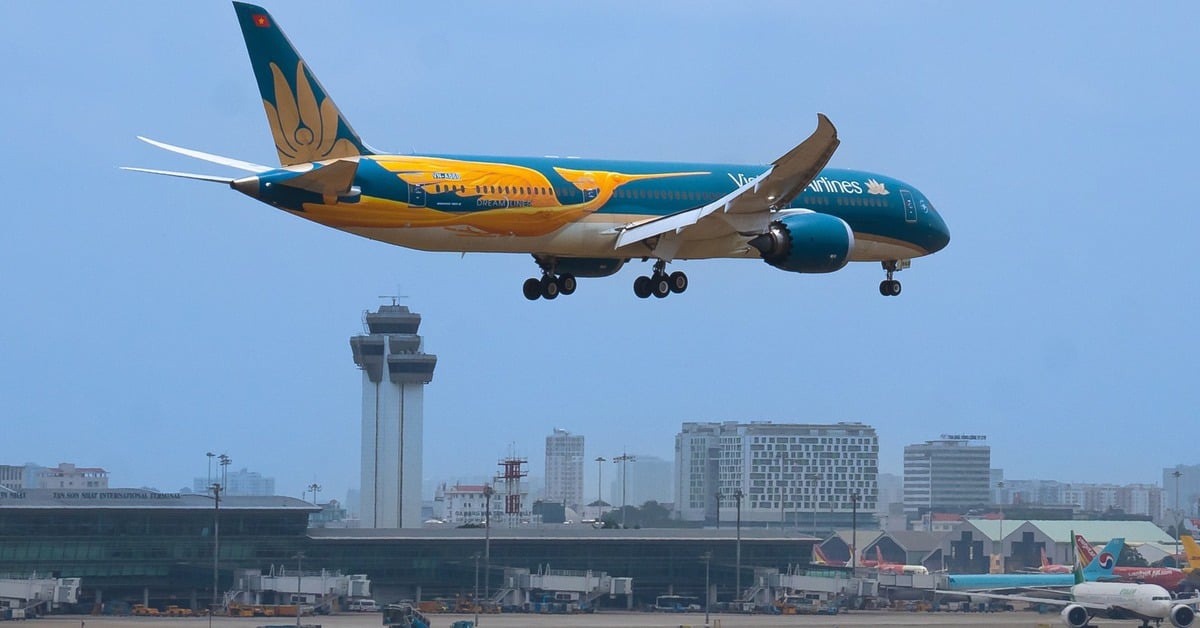
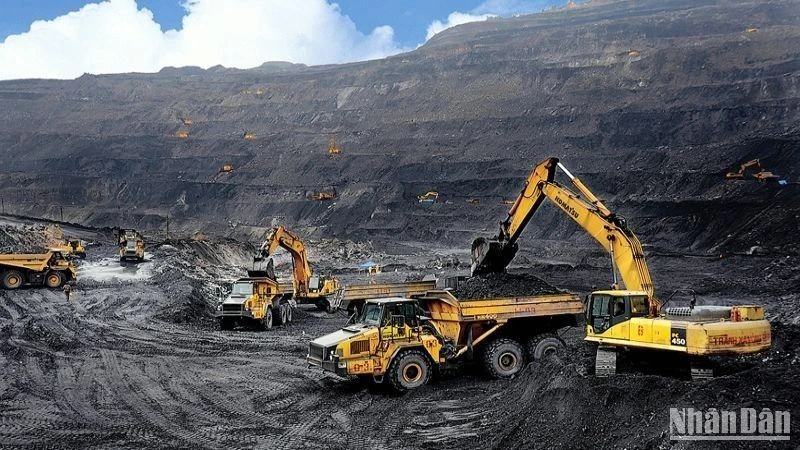

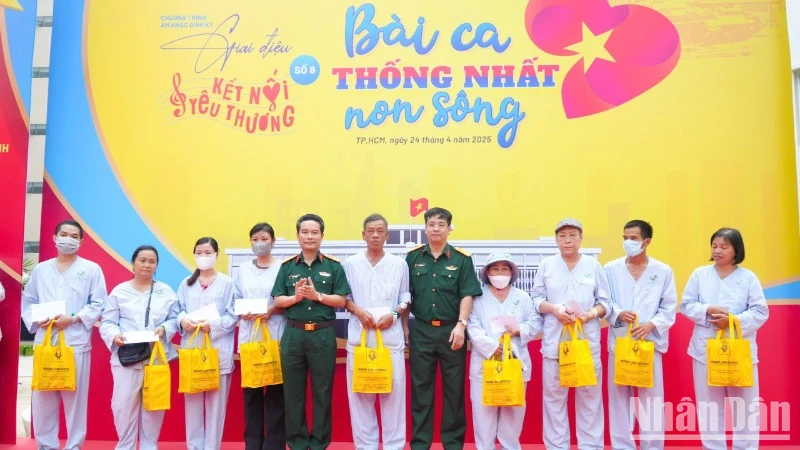

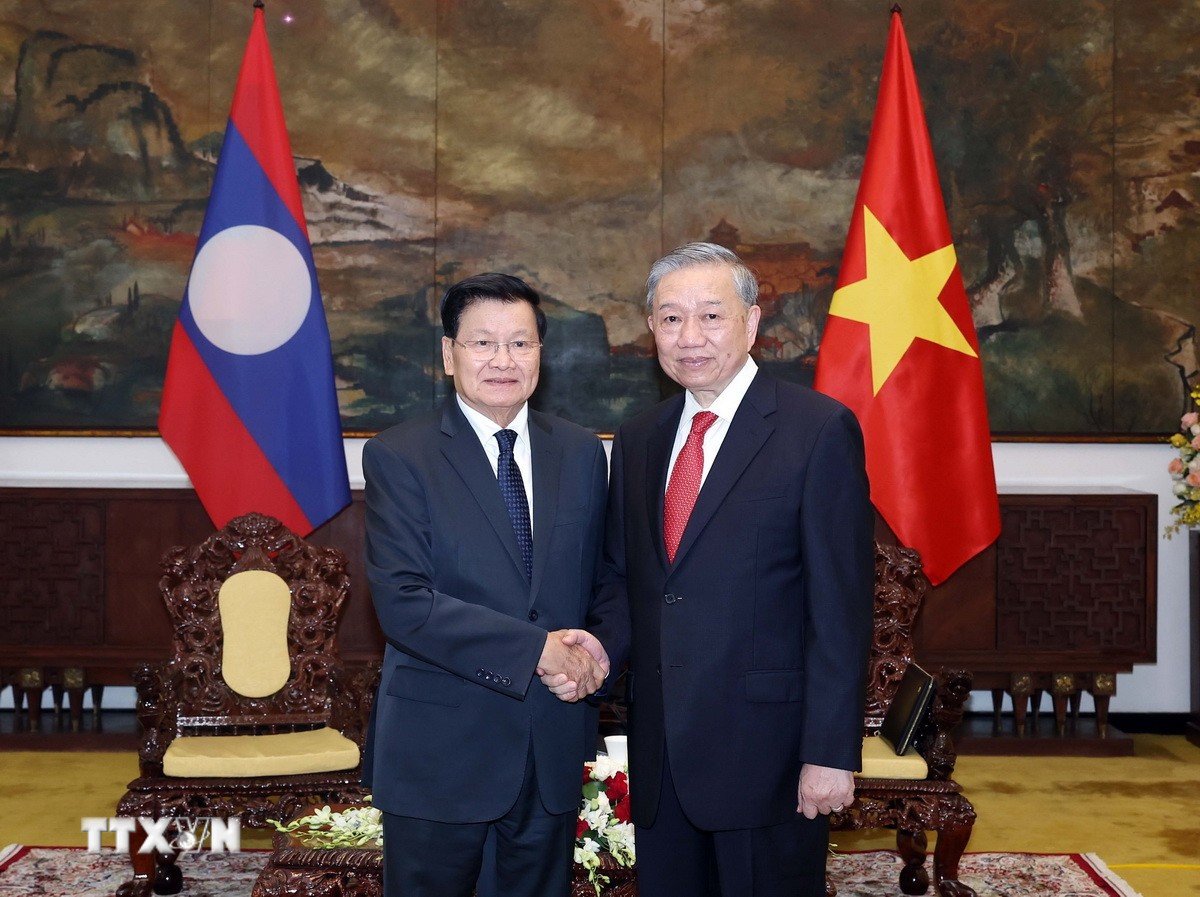


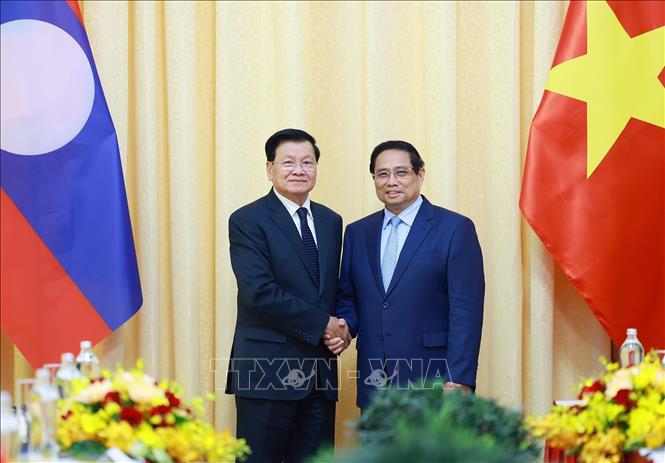

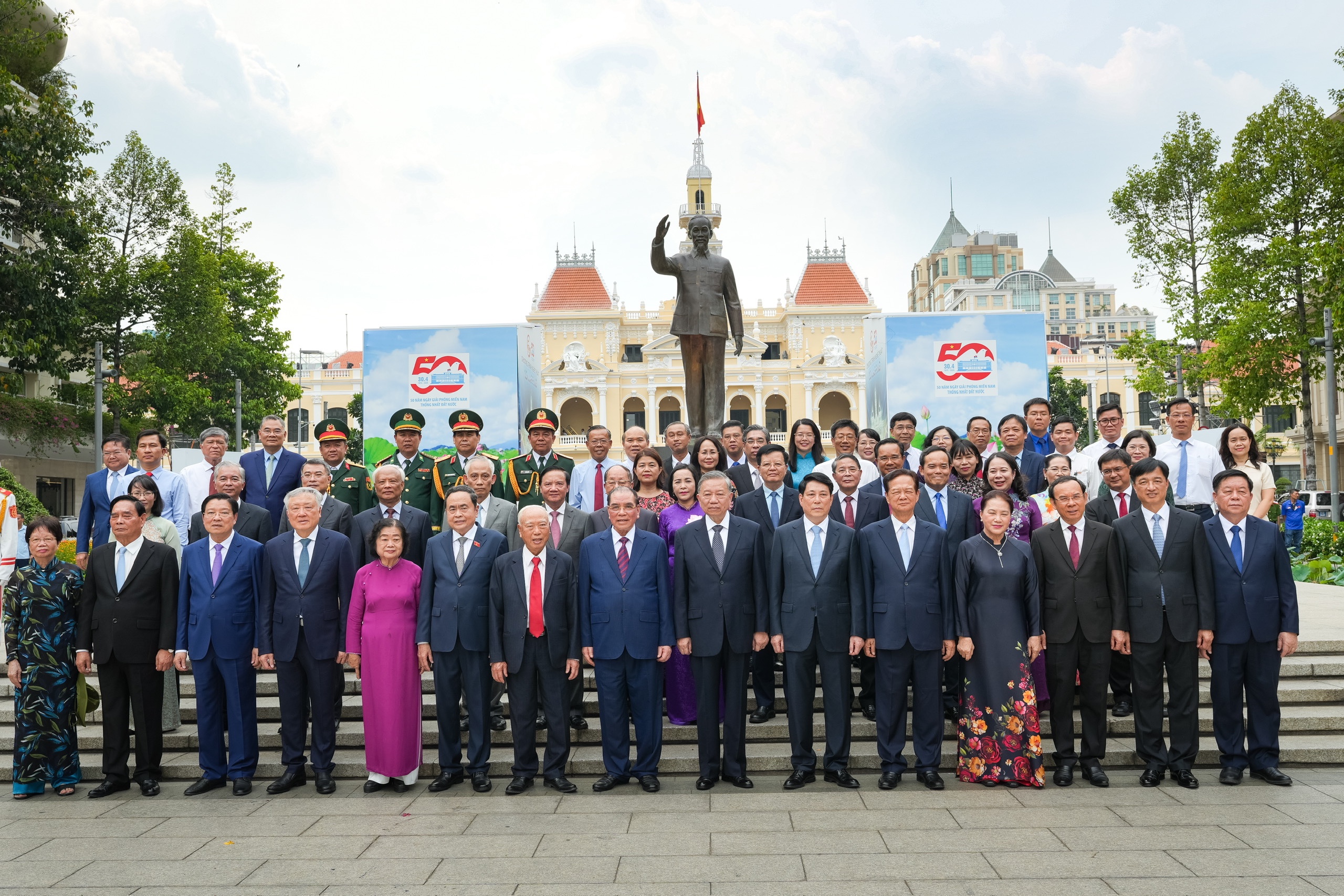

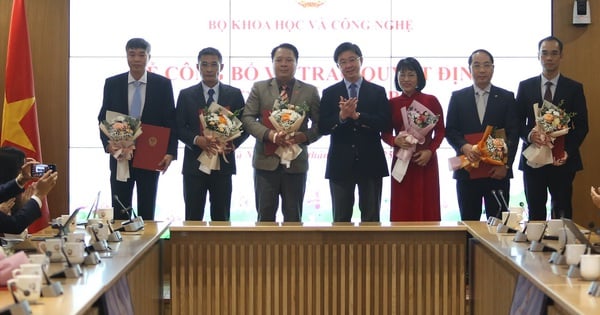

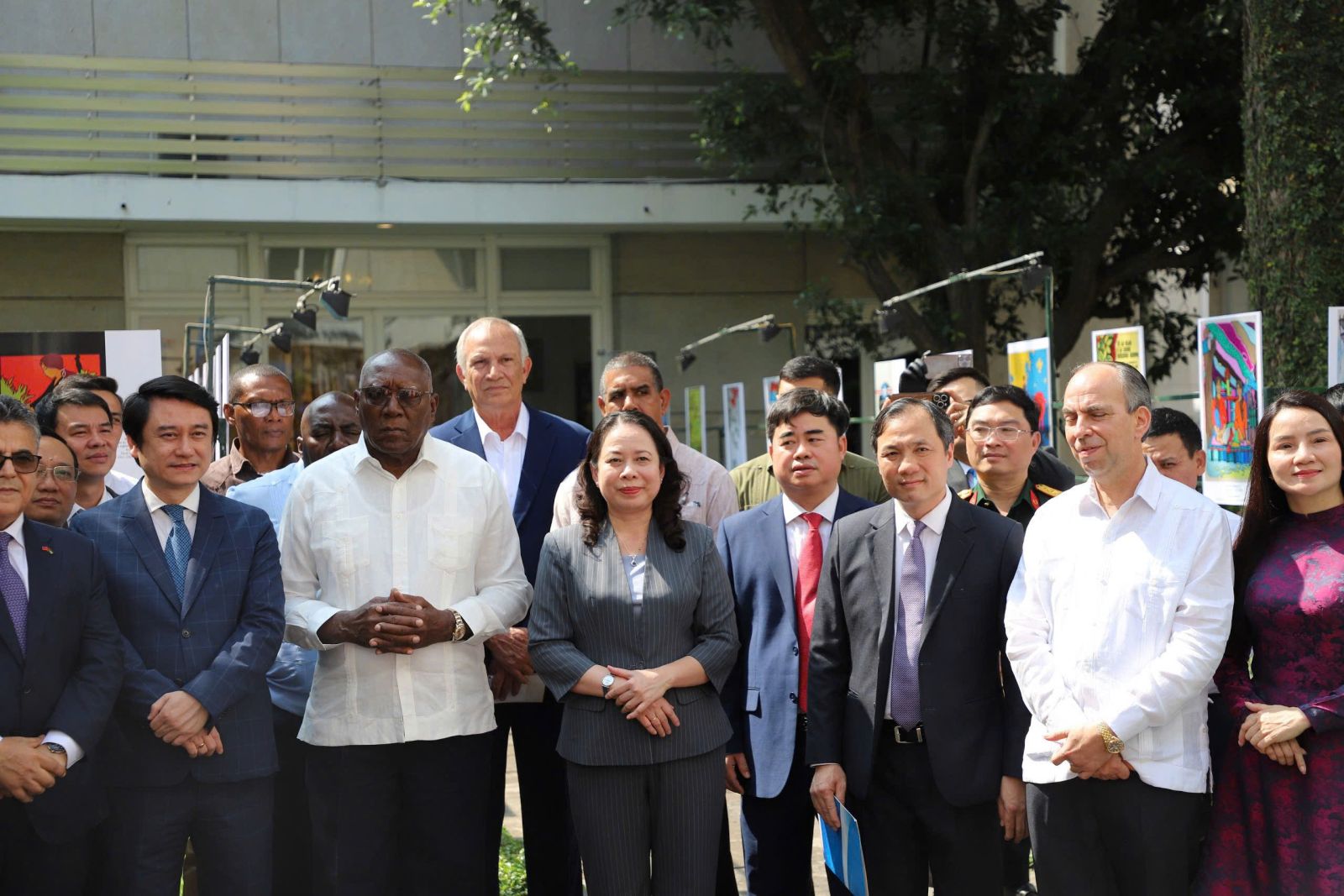

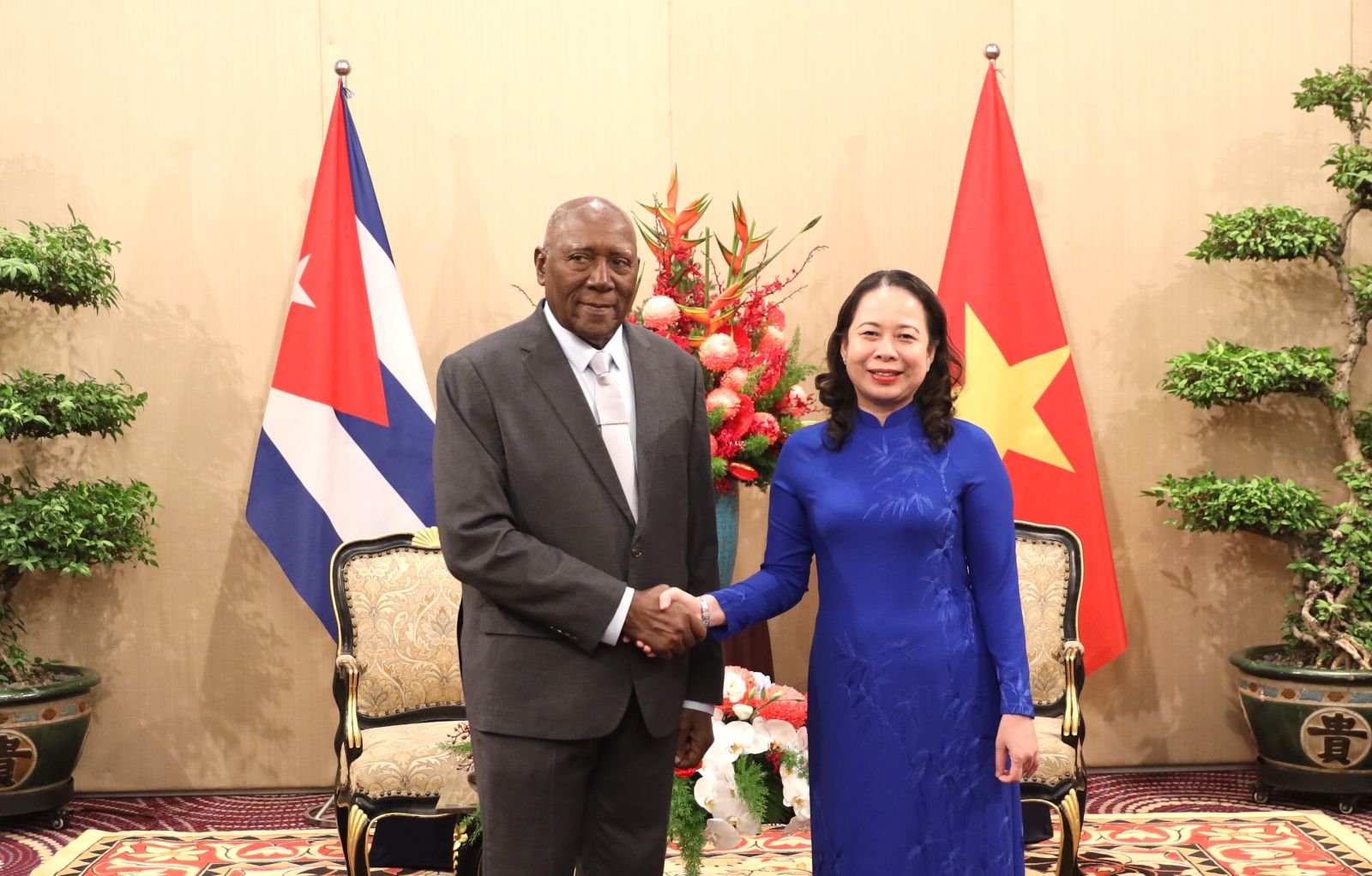


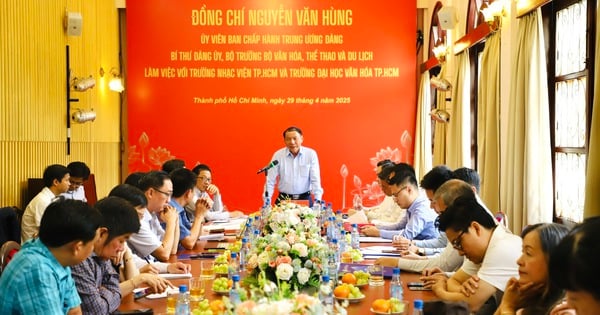
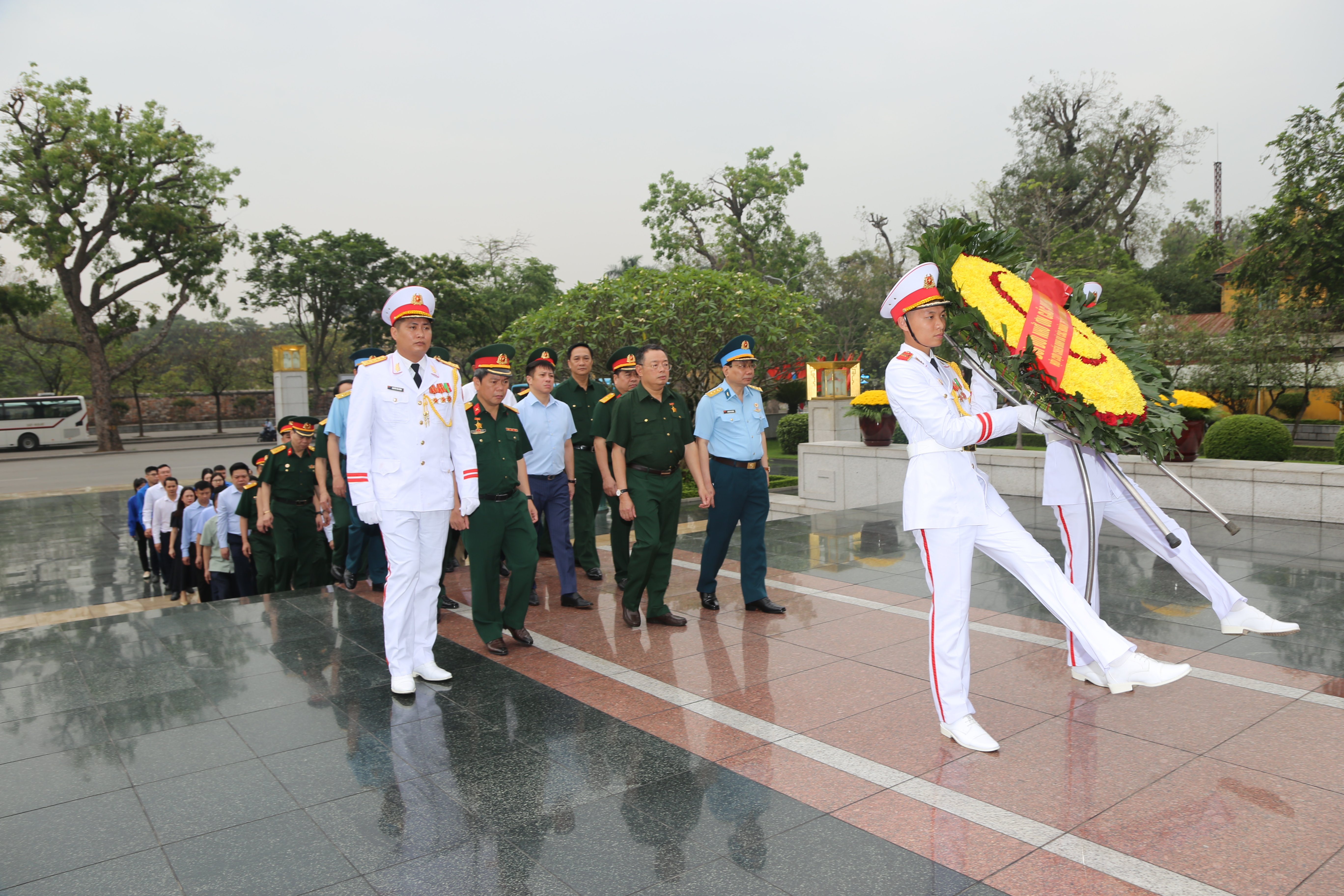






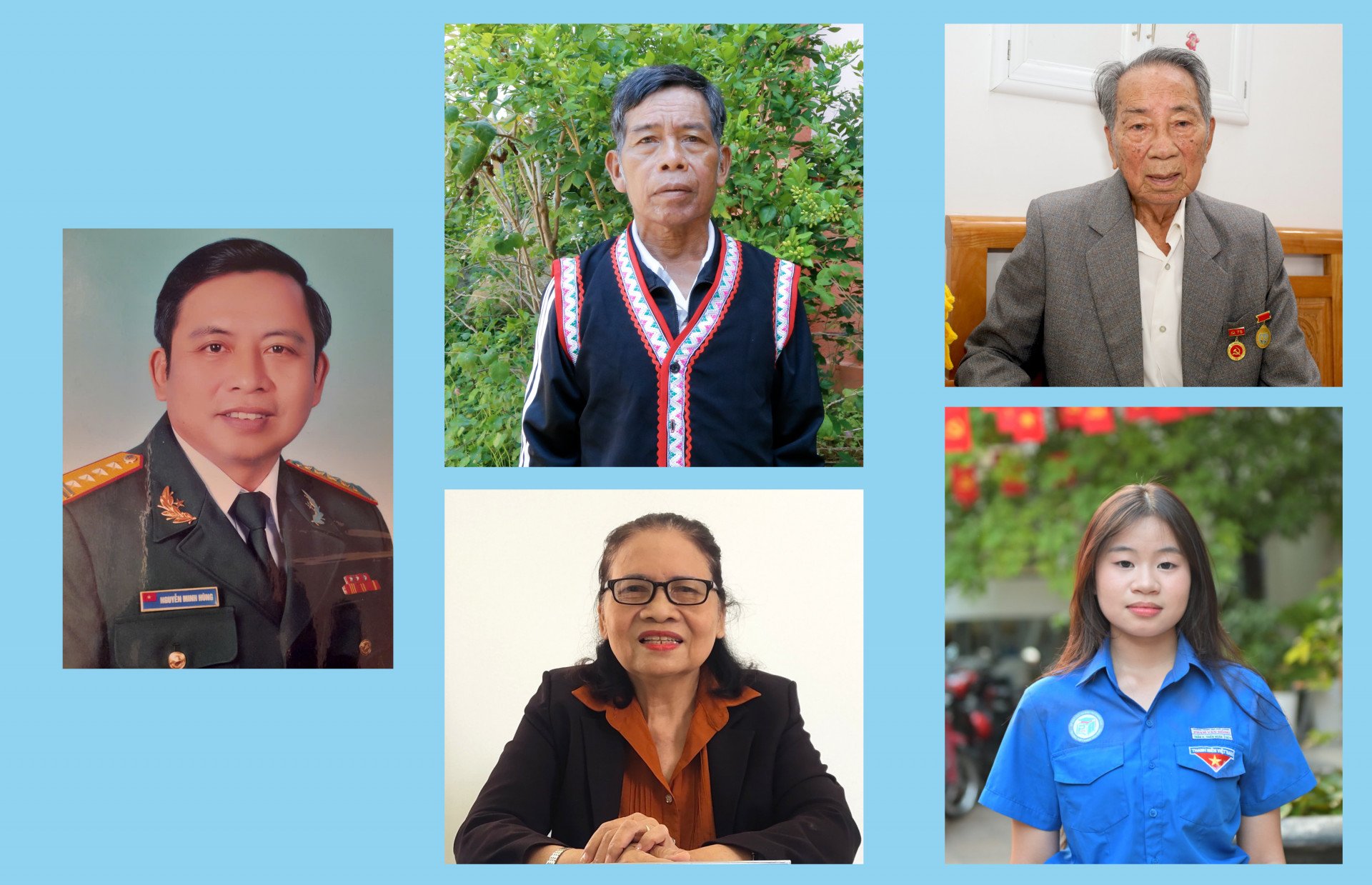
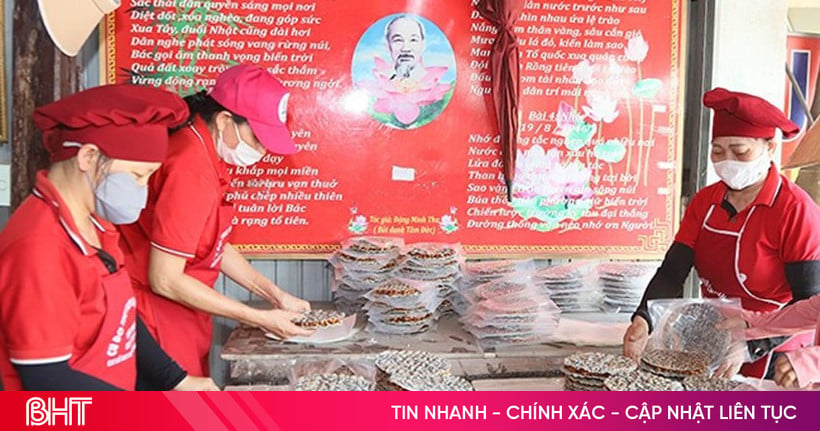

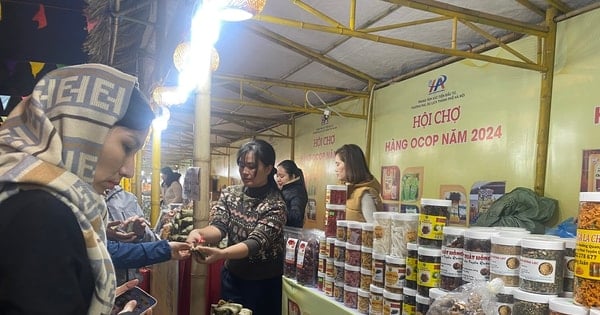

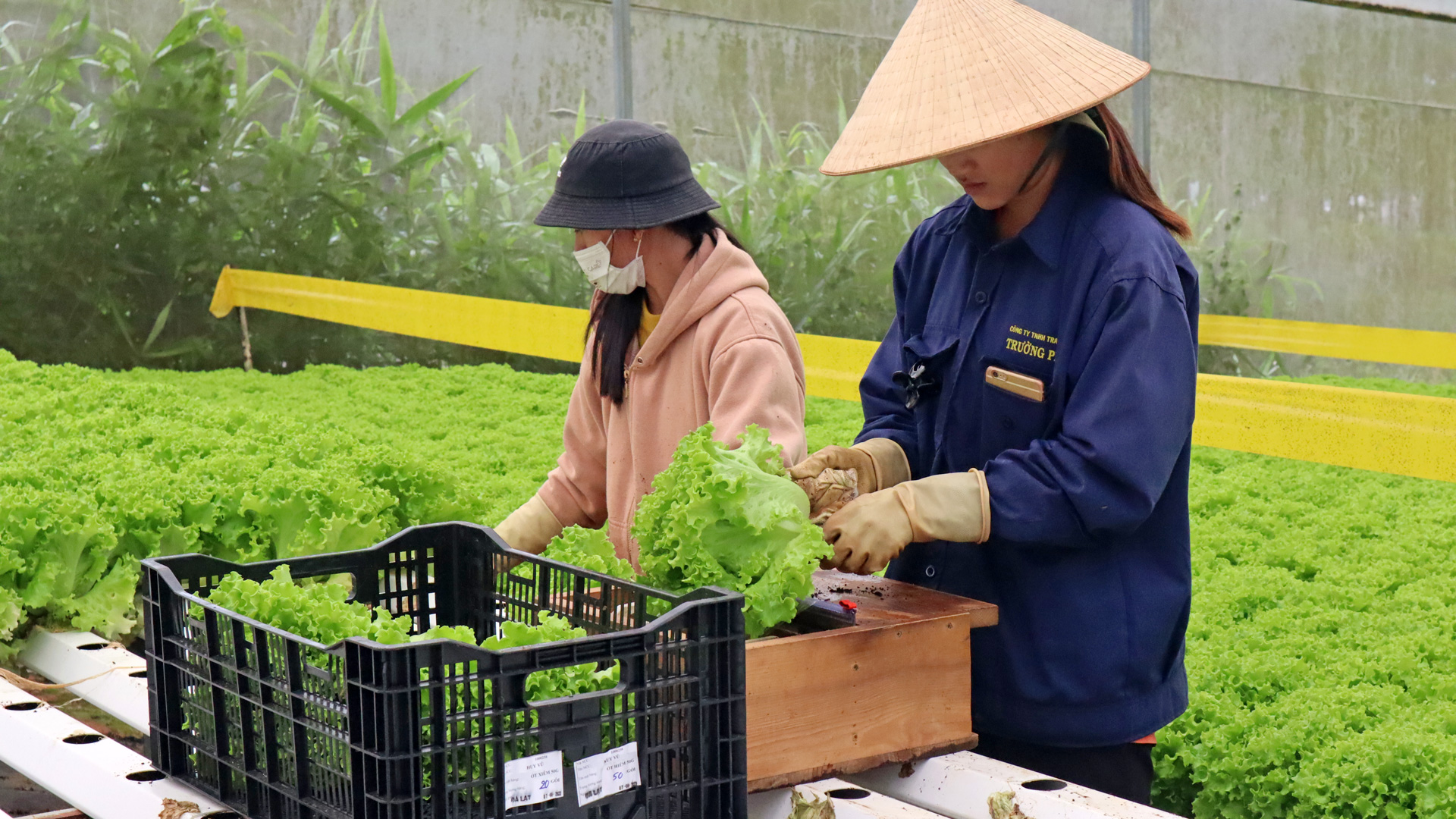

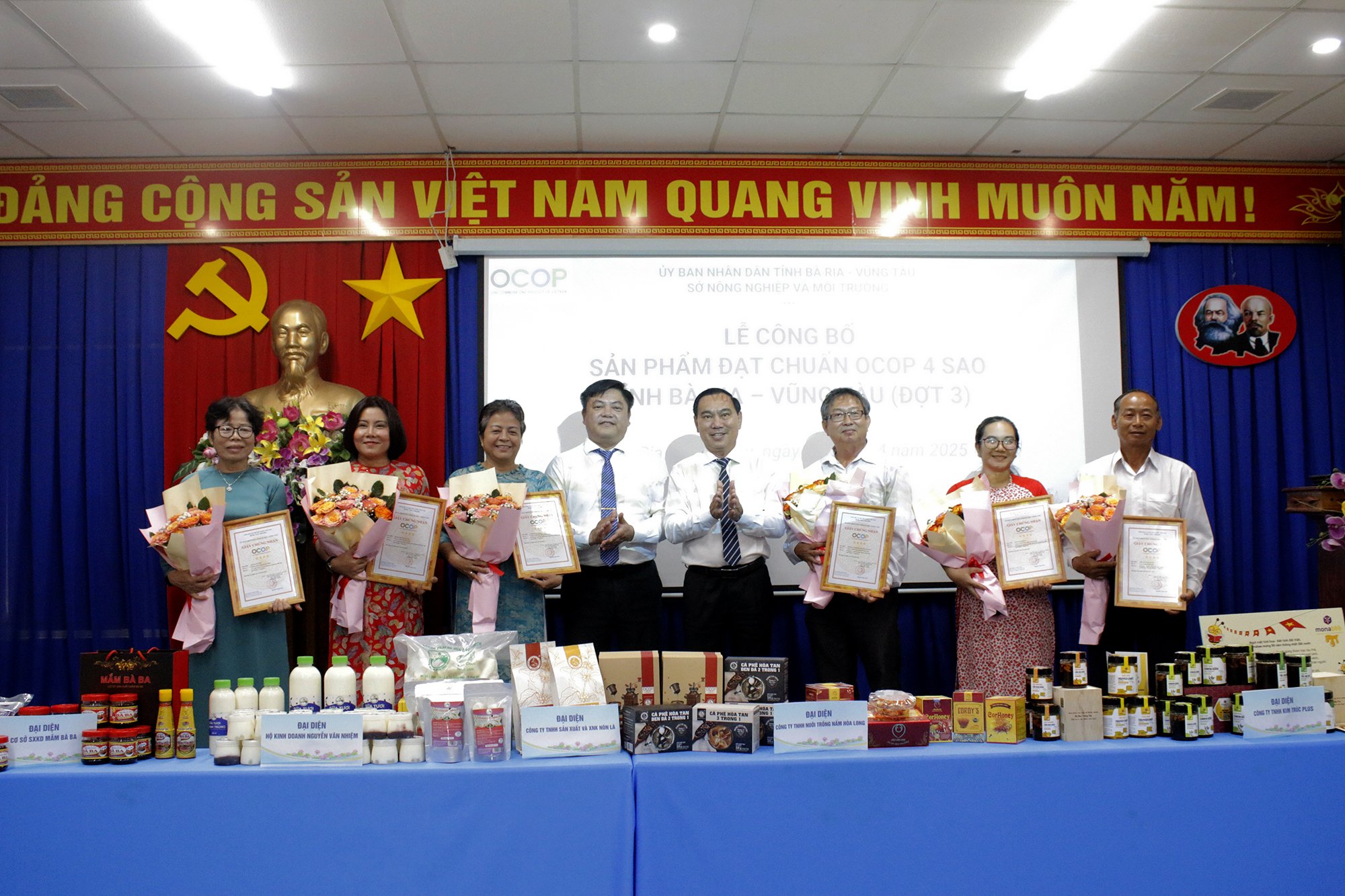

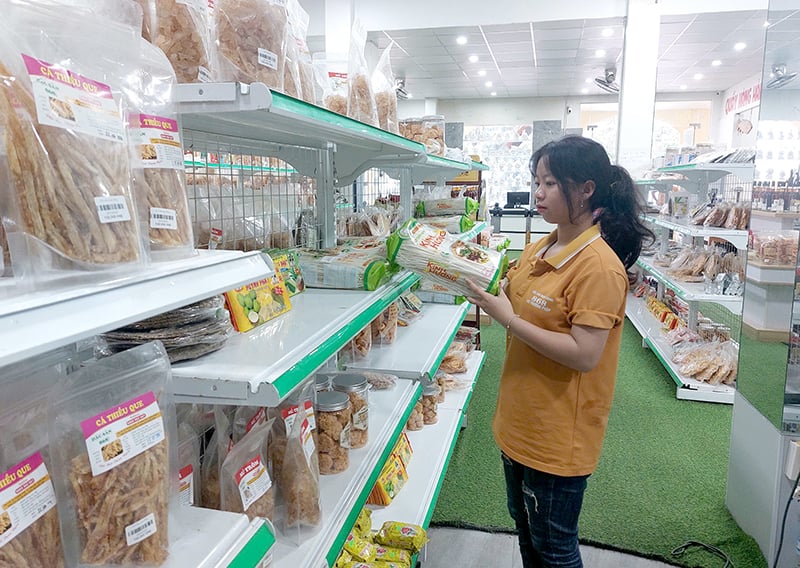

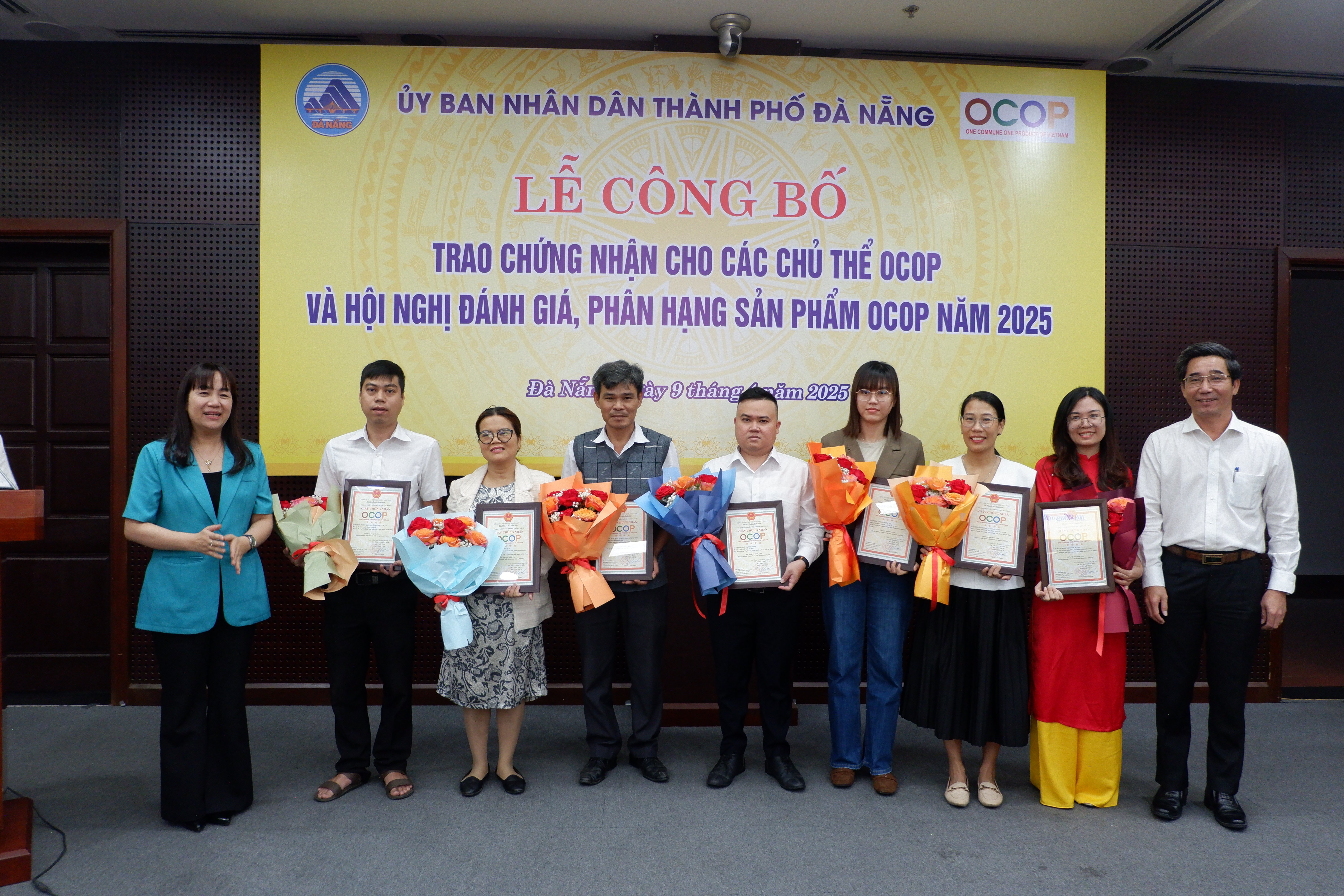

Comment (0)